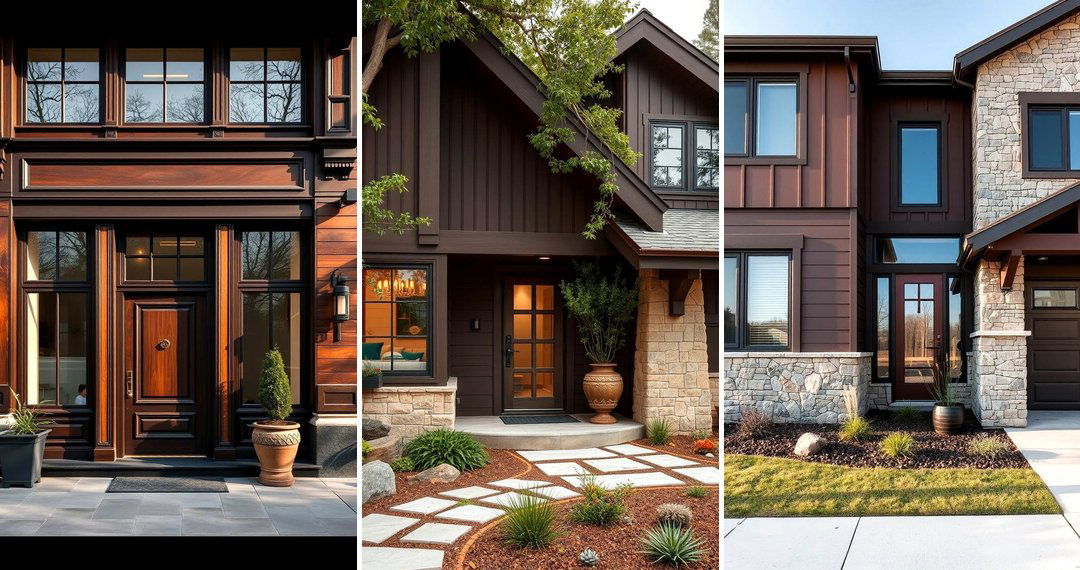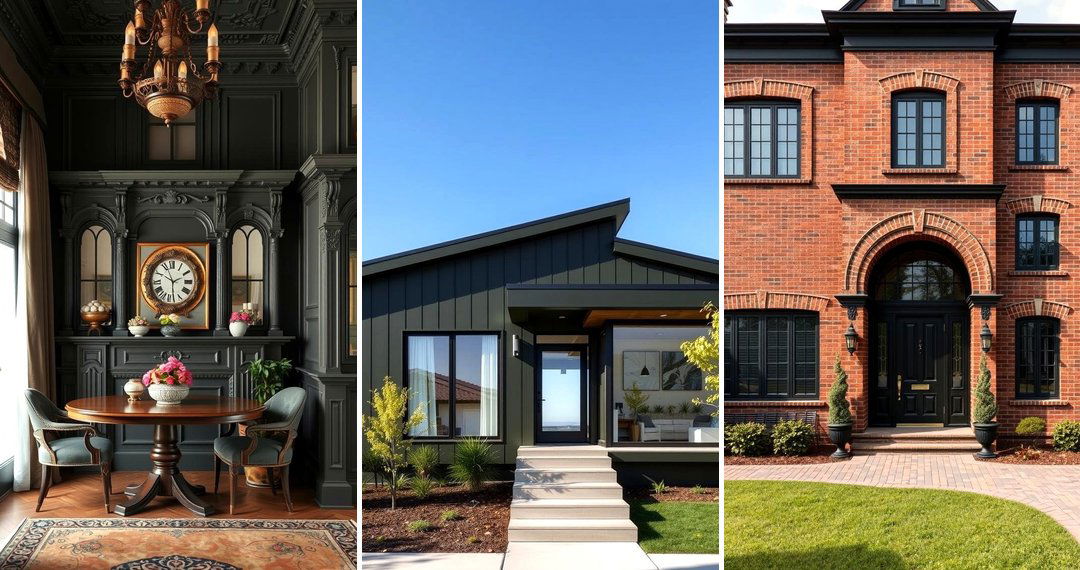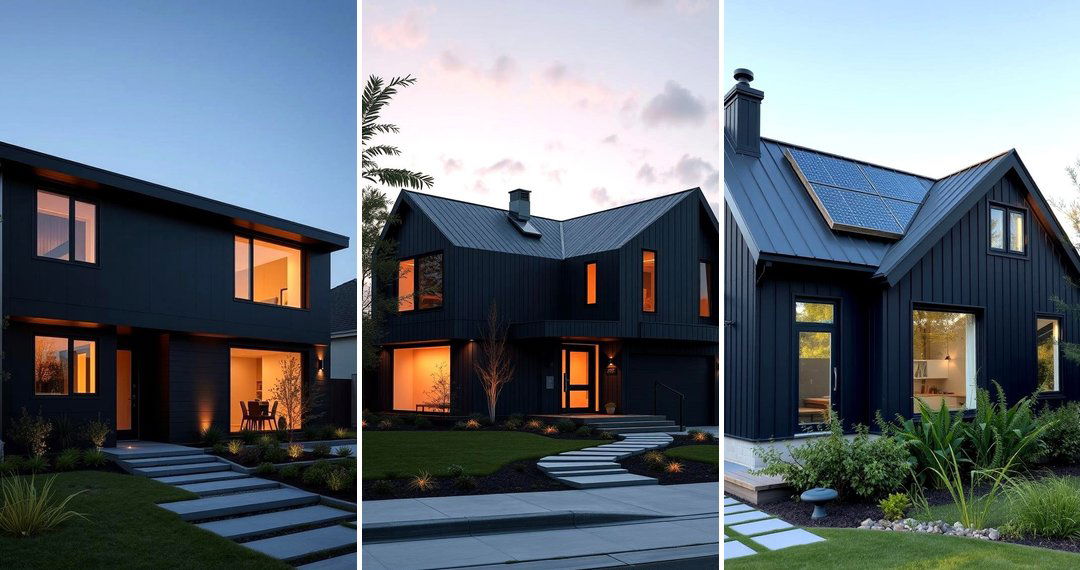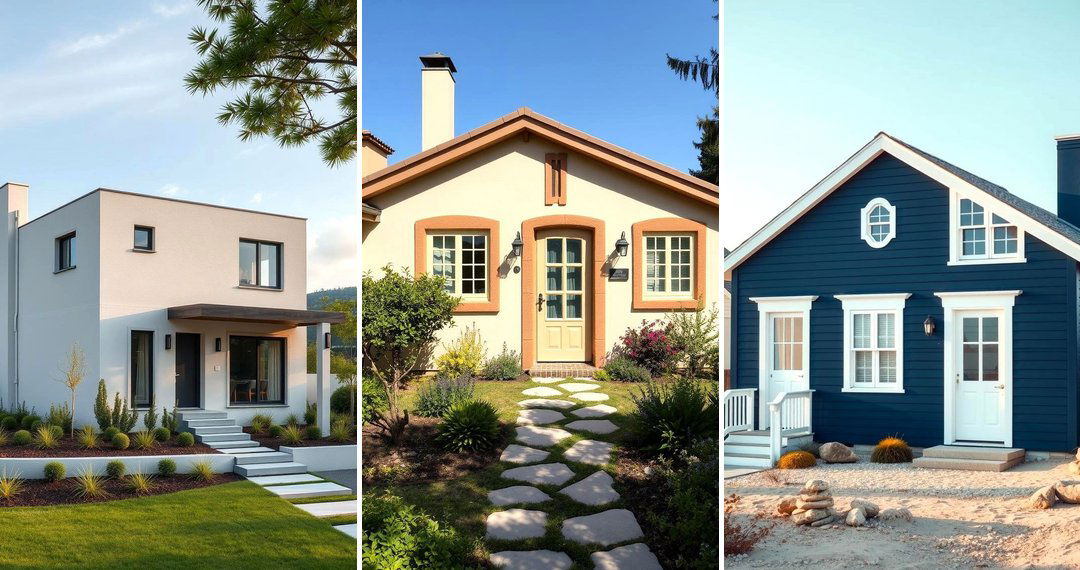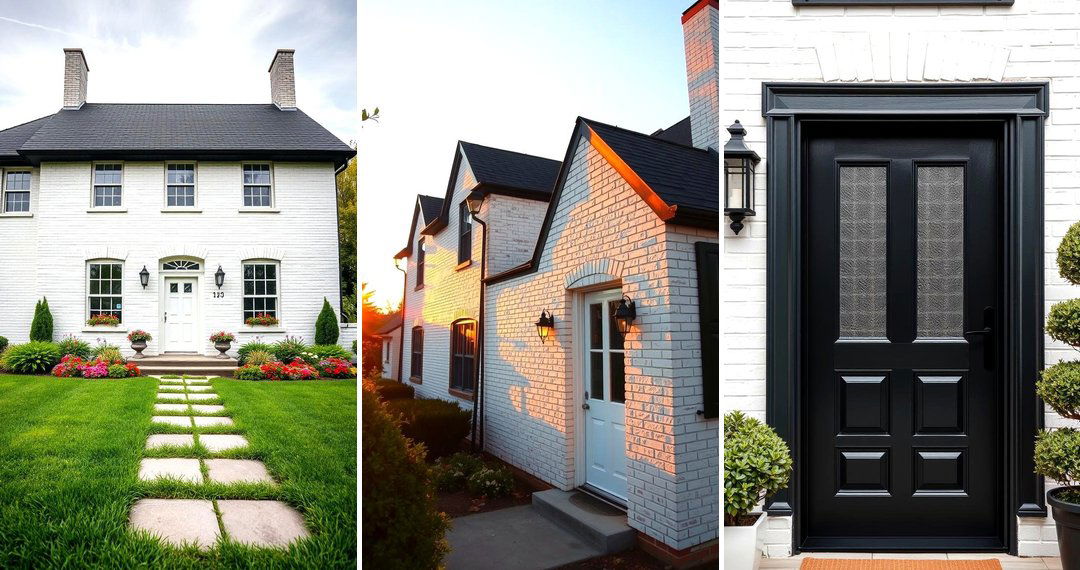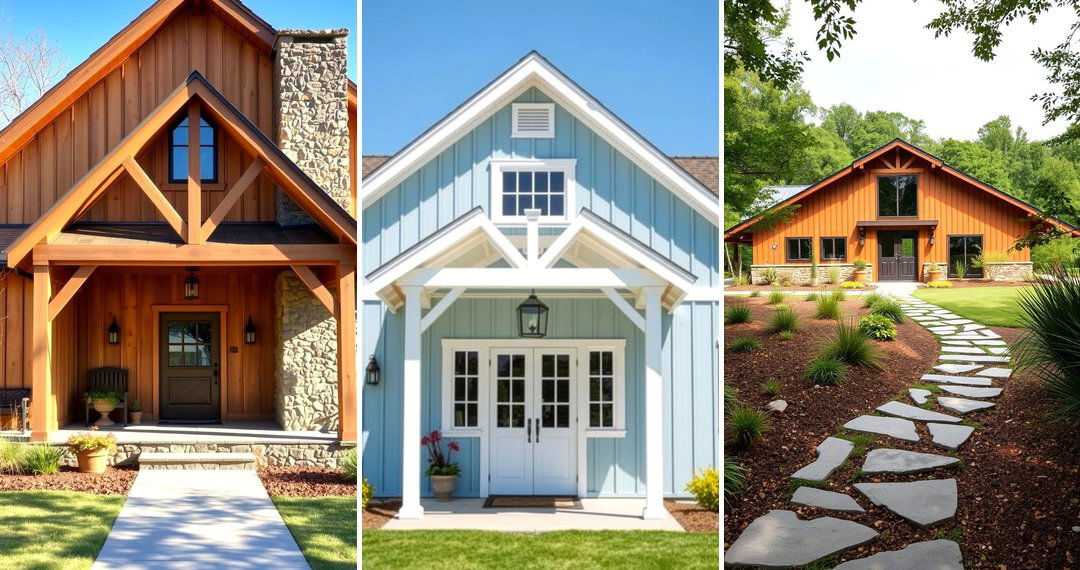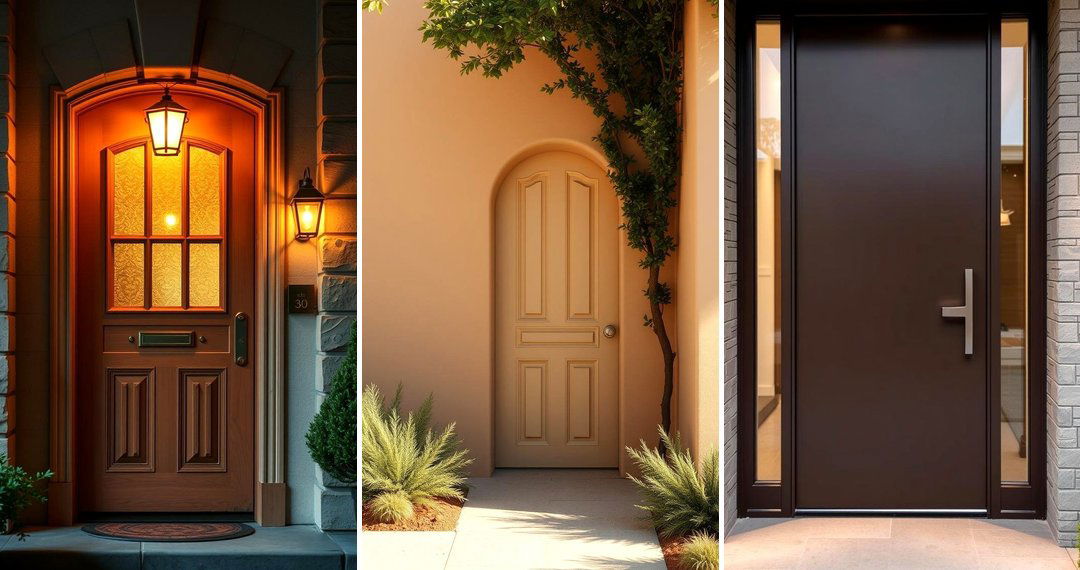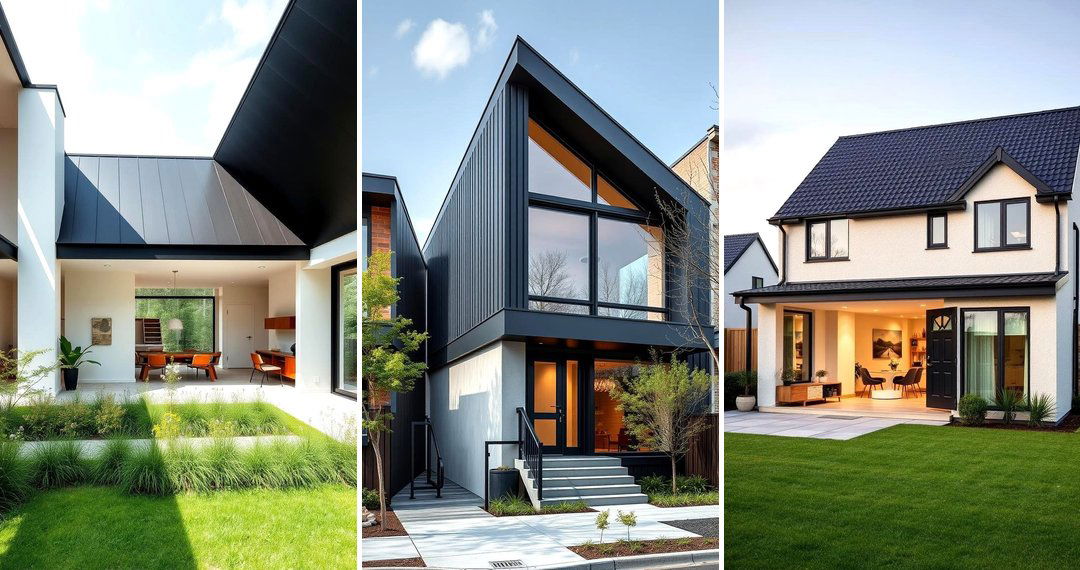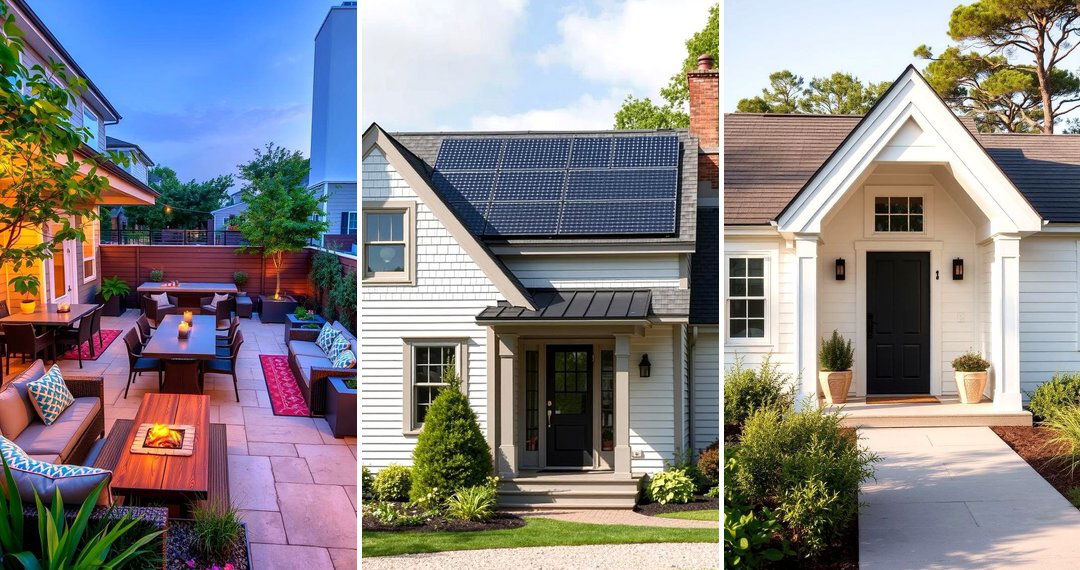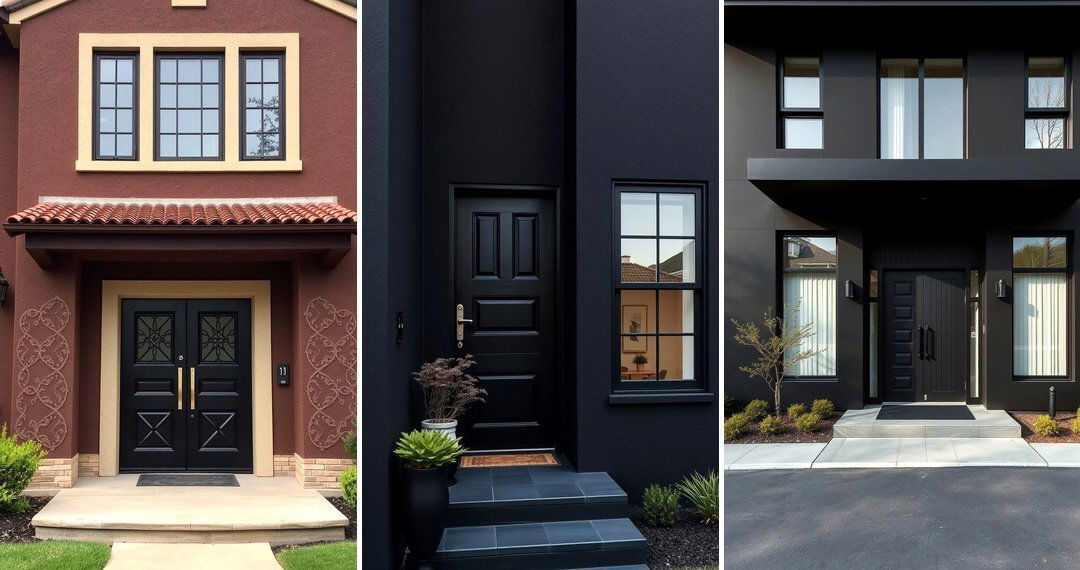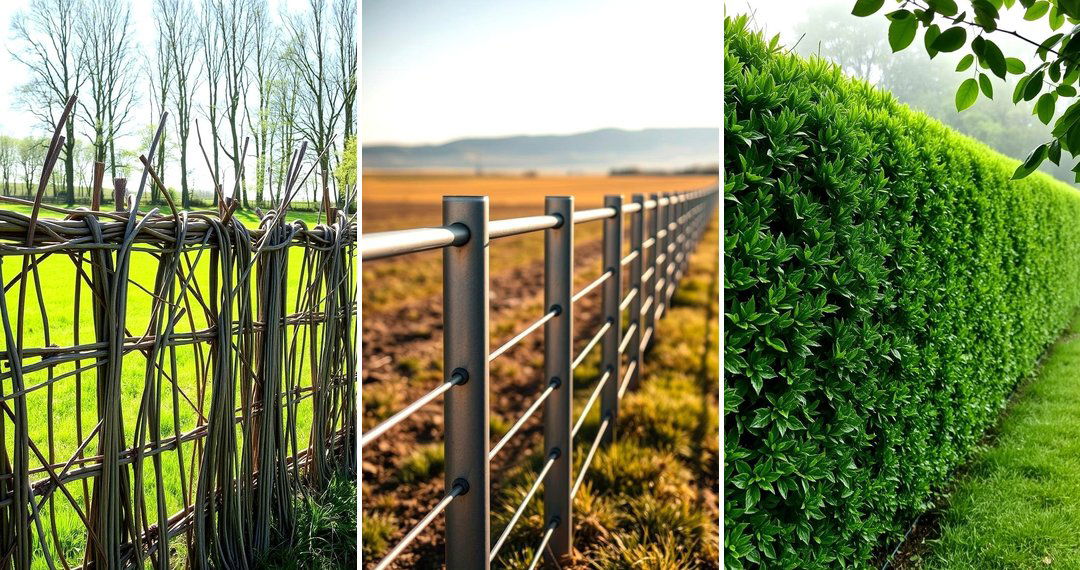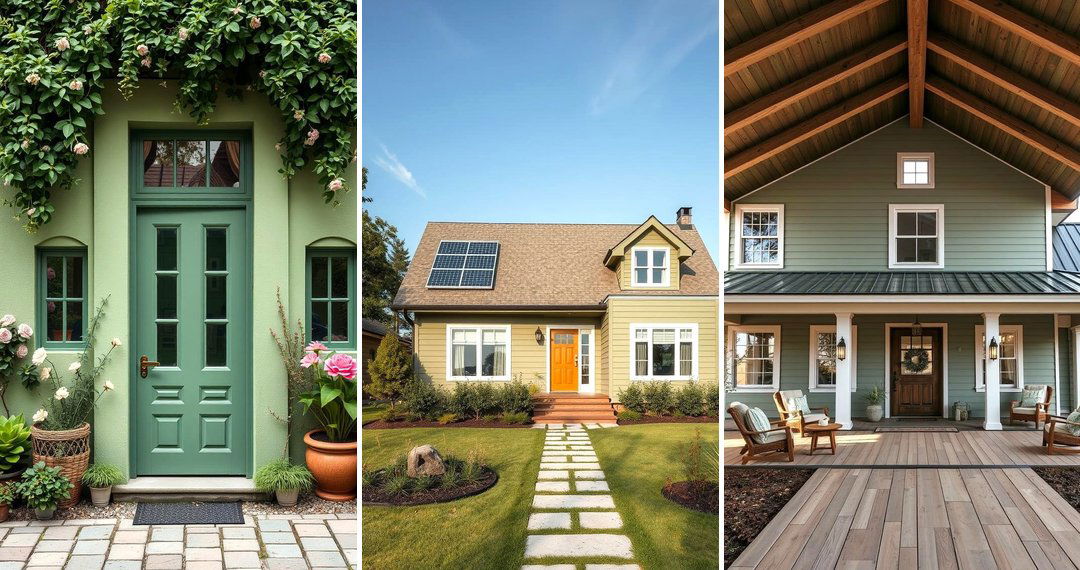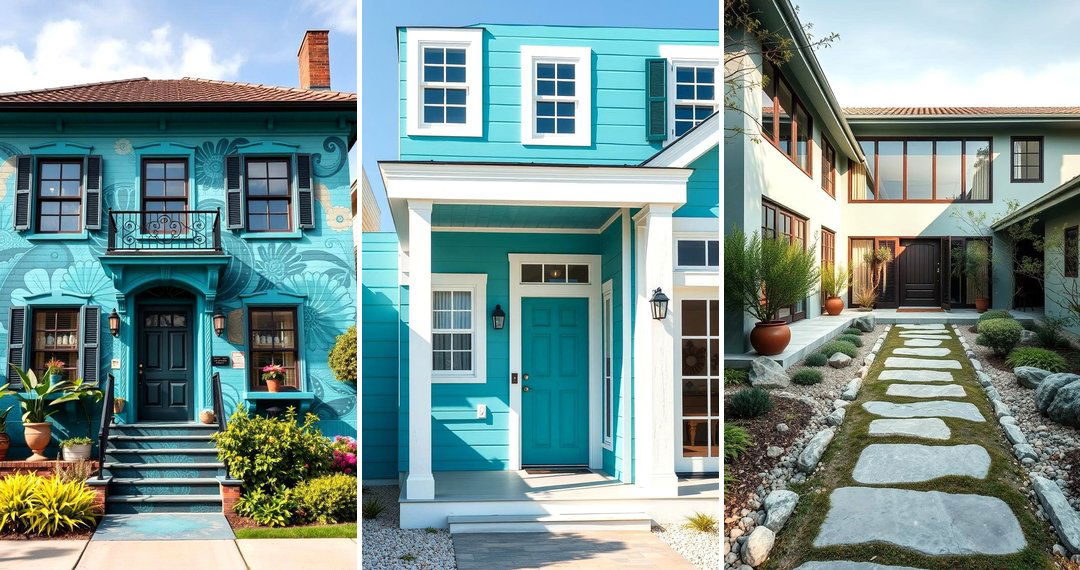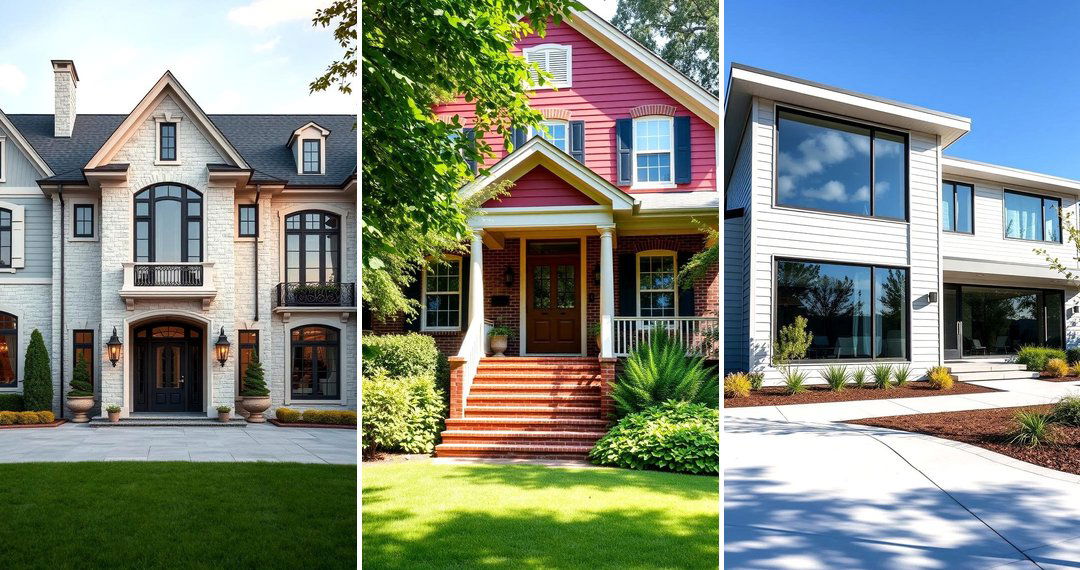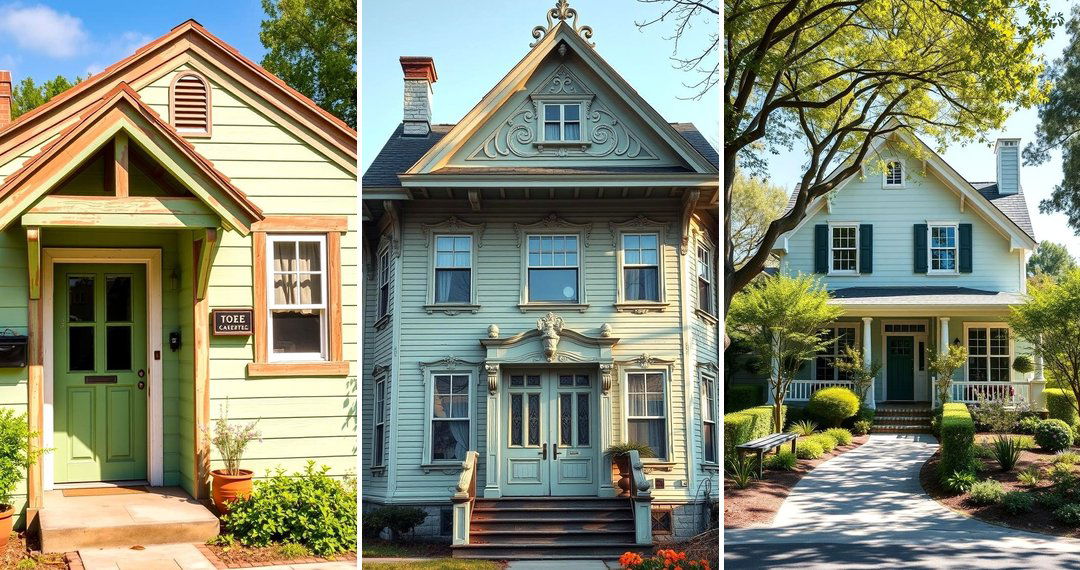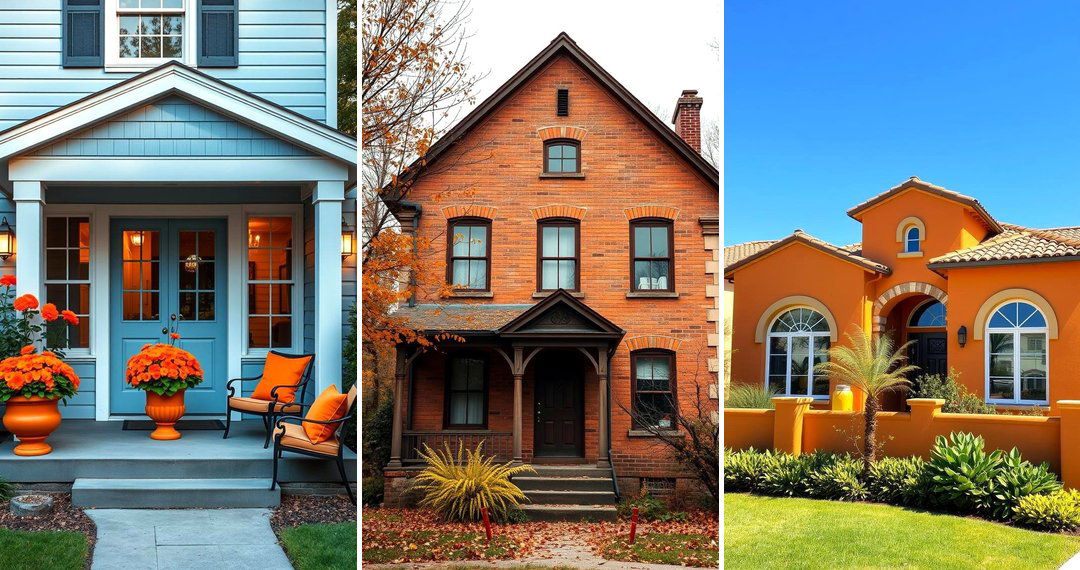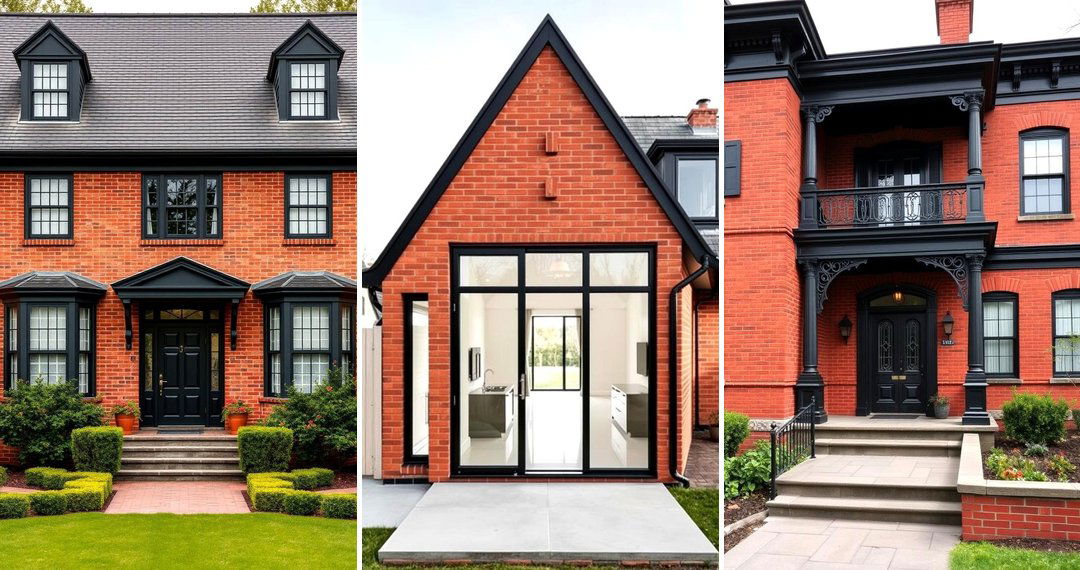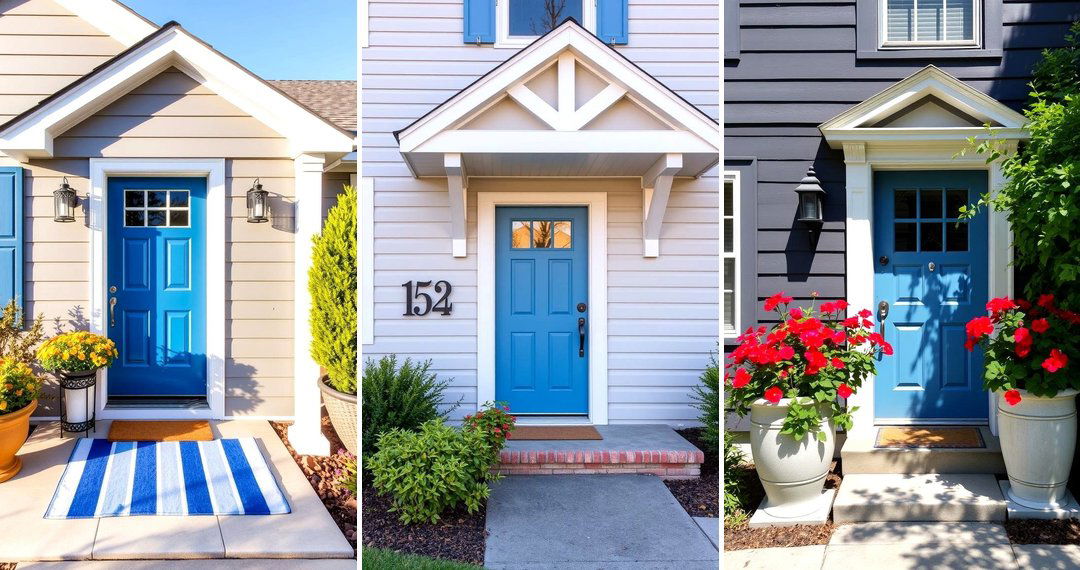The 1980s brought an eclectic and bold approach to home exterior design, with a unique blend of modern materials, geometric shapes, and contrasting elements. Homes from this era often made strong visual statements through their color choices, architectural styles, and design features. Whether you love the minimalism of the 1980s or the vibrant energy it injected into home exteriors, these ideas are perfect for anyone looking to bring a touch of nostalgia to their home's curb appeal.
Here are 27 1980s house exterior ideas to inspire your next home renovation project:
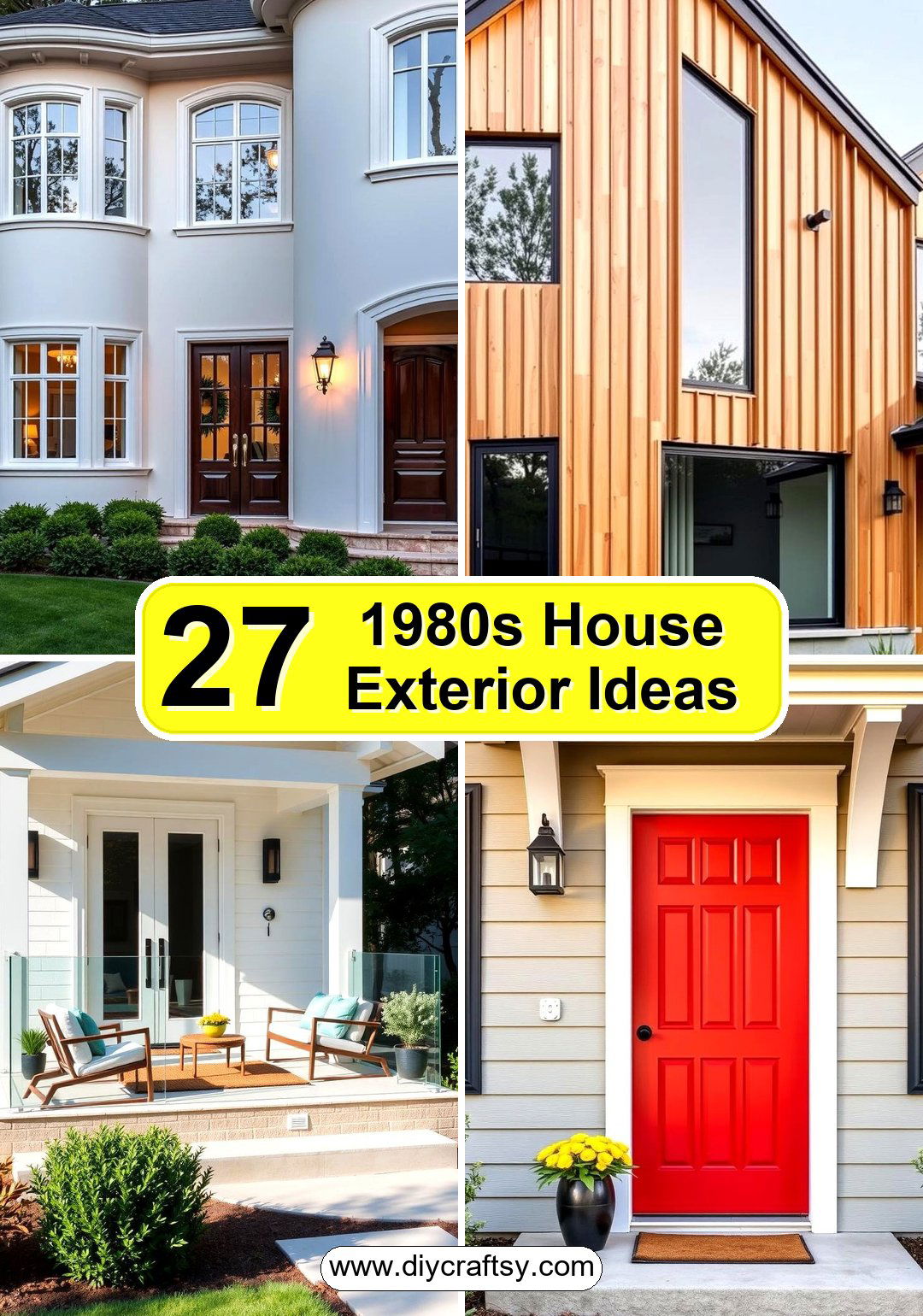
1. Bold Geometric Shapes and Angles
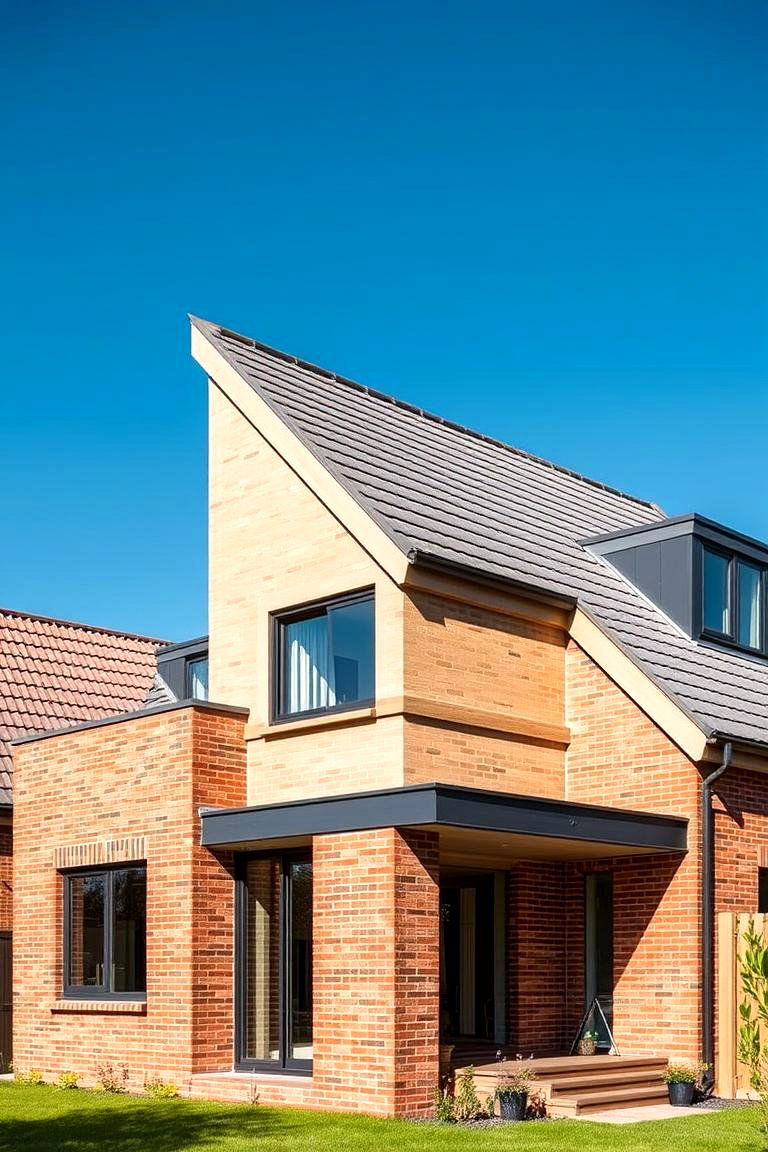
The 1980s introduced angular, geometric designs to house exteriors, incorporating sharp angles and bold lines. This design often contrasted with the soft, traditional styles of earlier decades. The key benefit of this approach is that it creates a visually striking look, setting your home apart from others. By incorporating elements like slanted roofs and boxy shapes, you can add a contemporary edge to a traditional property. This look works especially well when paired with contrasting materials like brick and glass.
2. Brick and Stucco Combinations
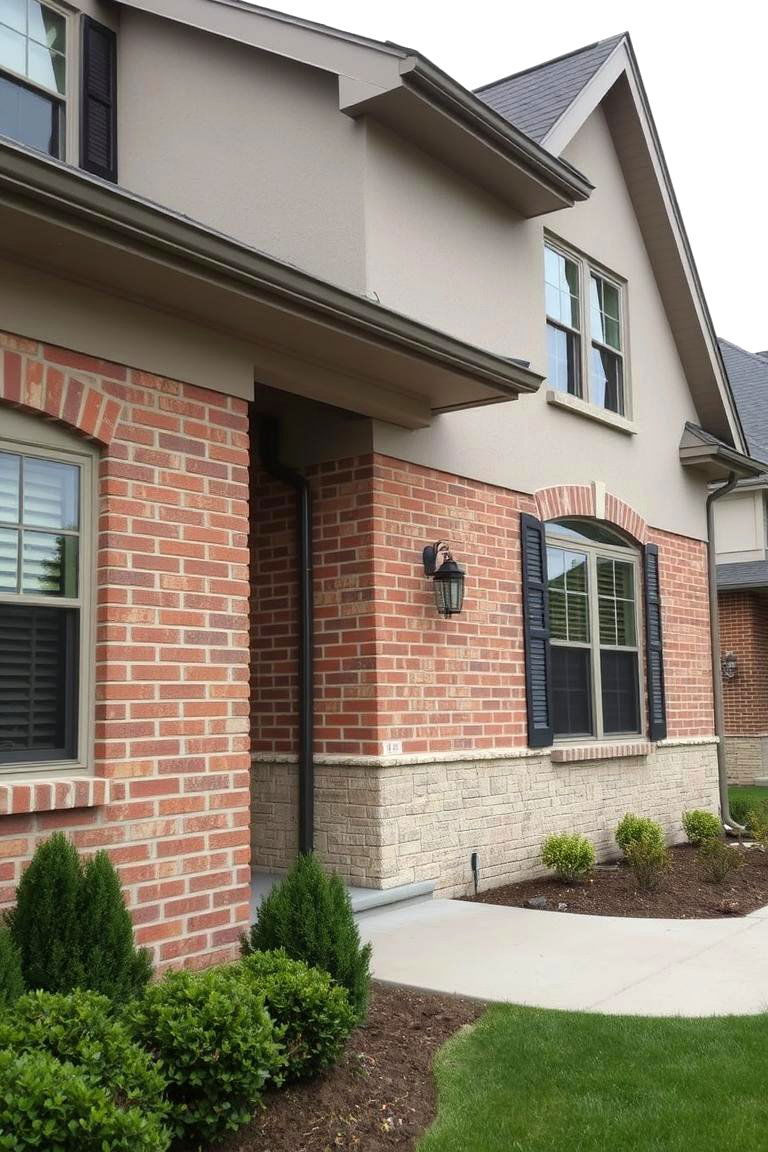
One of the signature looks of 1980s homes is the combination of brick and stucco on exteriors. This blend offers durability and texture while creating a sleek, modern look. The smooth stucco contrasts with the rough, timeless feel of brick, and together they form an elegant, yet practical exterior. The main advantage of this combination is its low-maintenance nature, with both materials being long-lasting and easy to care for. This design also allows for flexibility in color and texture, making it ideal for any style or preference.
3. Large Windows and Sliding Glass Doors
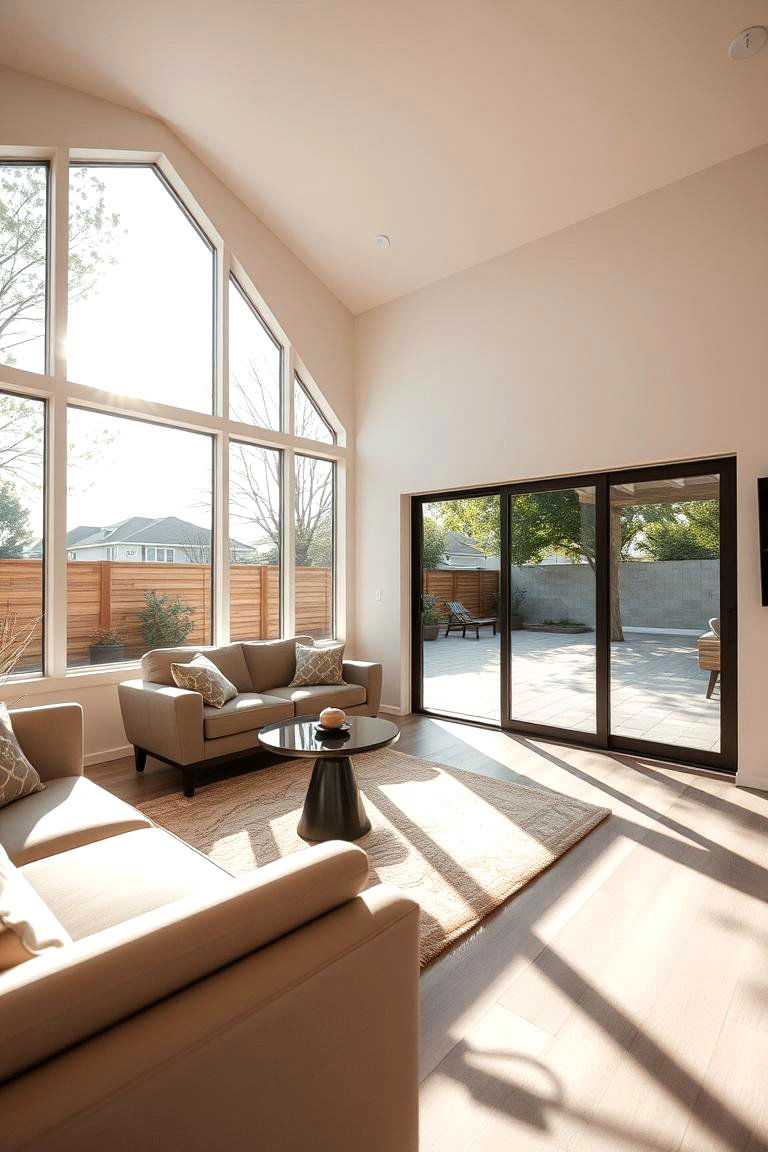
Homes built in the 1980s often featured expansive windows and large sliding glass doors that emphasized the connection between indoor and outdoor spaces. This design choice allows for an abundance of natural light and creates a sense of openness and airiness. Large windows also improve energy efficiency when paired with modern glazing, helping maintain the home's temperature while reducing energy consumption. The 1980s fascination with bringing the outdoors in makes this a perfect feature for modern living.
4. Triangular Roof Designs
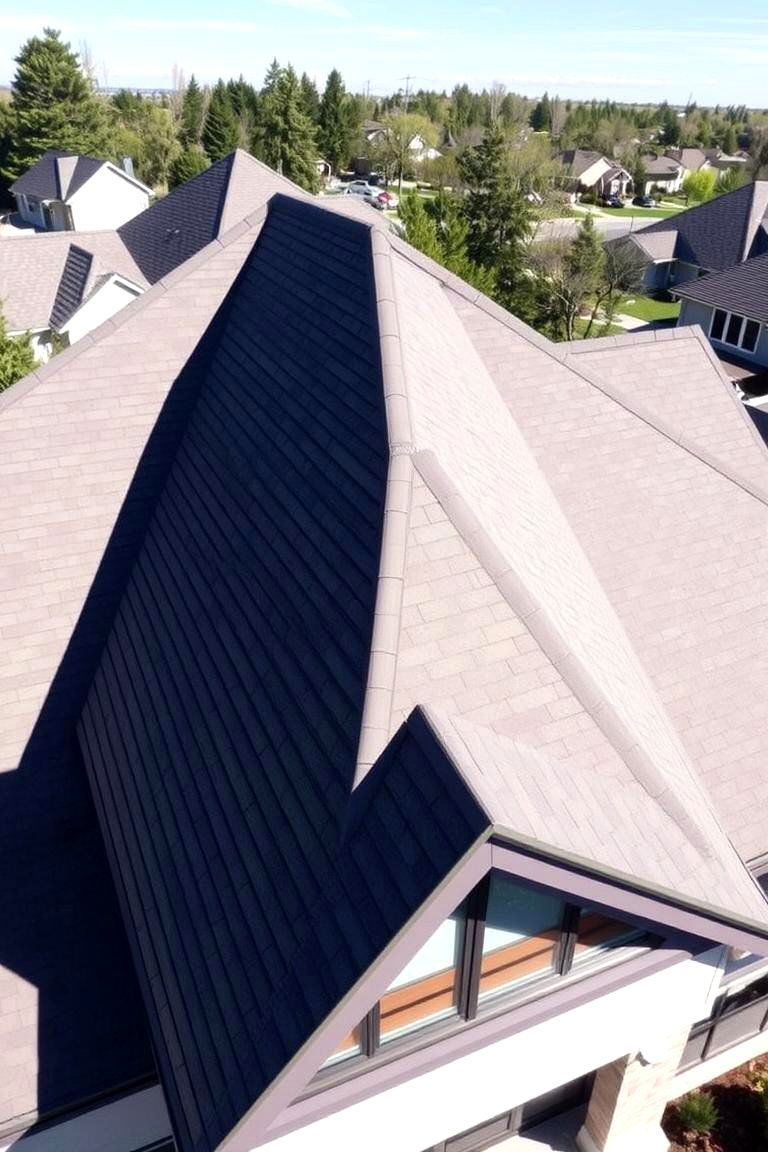
Triangular roofs were a popular design feature of 1980s homes. These roofs added an element of surprise and uniqueness, breaking away from the conventional sloping roof styles. The advantage of a triangular roof is that it offers more vertical space for higher ceilings or lofted areas inside, allowing for creative interior layouts. Additionally, the sharp lines and angles contribute to the home’s modern aesthetic, helping it stand out on the block.
5. Earthy Tones and Muted Color Schemes
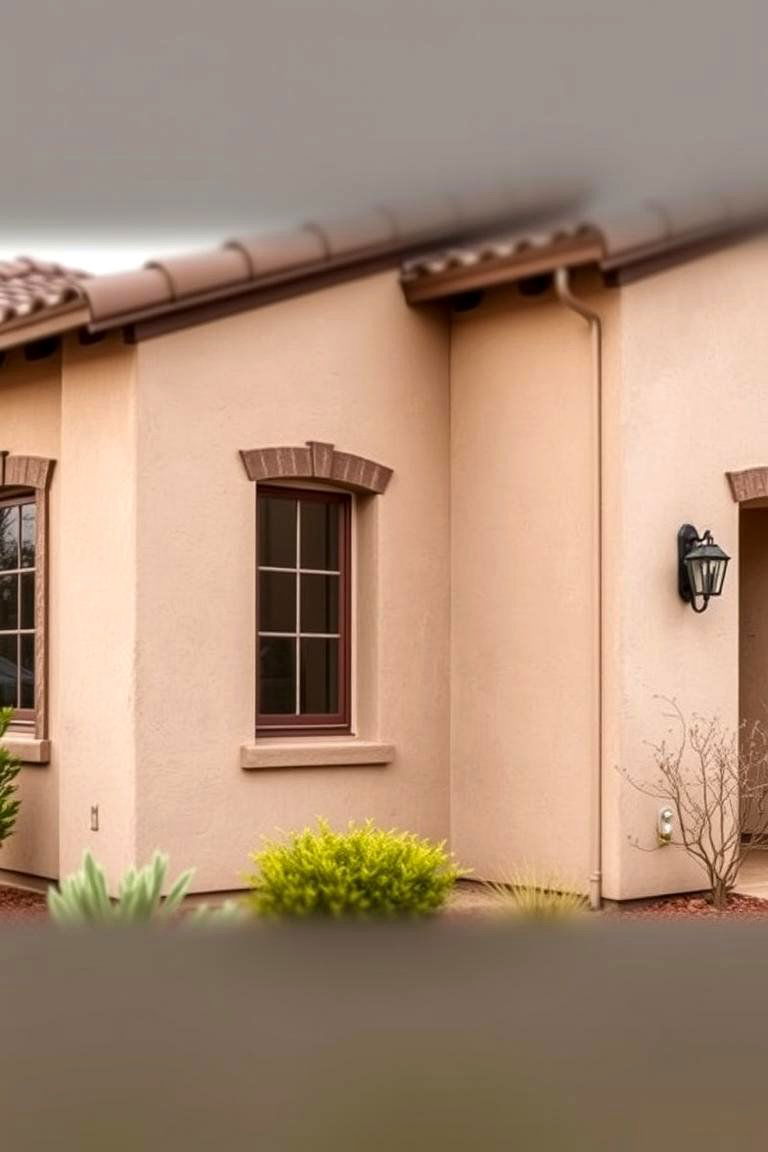
In the 1980s, many homes adopted earthy tones and muted color schemes for their exteriors, such as browns, grays, and off-whites. This color palette evoked a natural, grounded feeling that suited the rise of suburban developments. These tones are also easy to maintain and blend well with a variety of landscaping styles. If you’re aiming for a timeless and subdued exterior, opting for earthy tones is a simple and effective way to achieve a sophisticated look without overwhelming the space.
6. Modern Front Porches
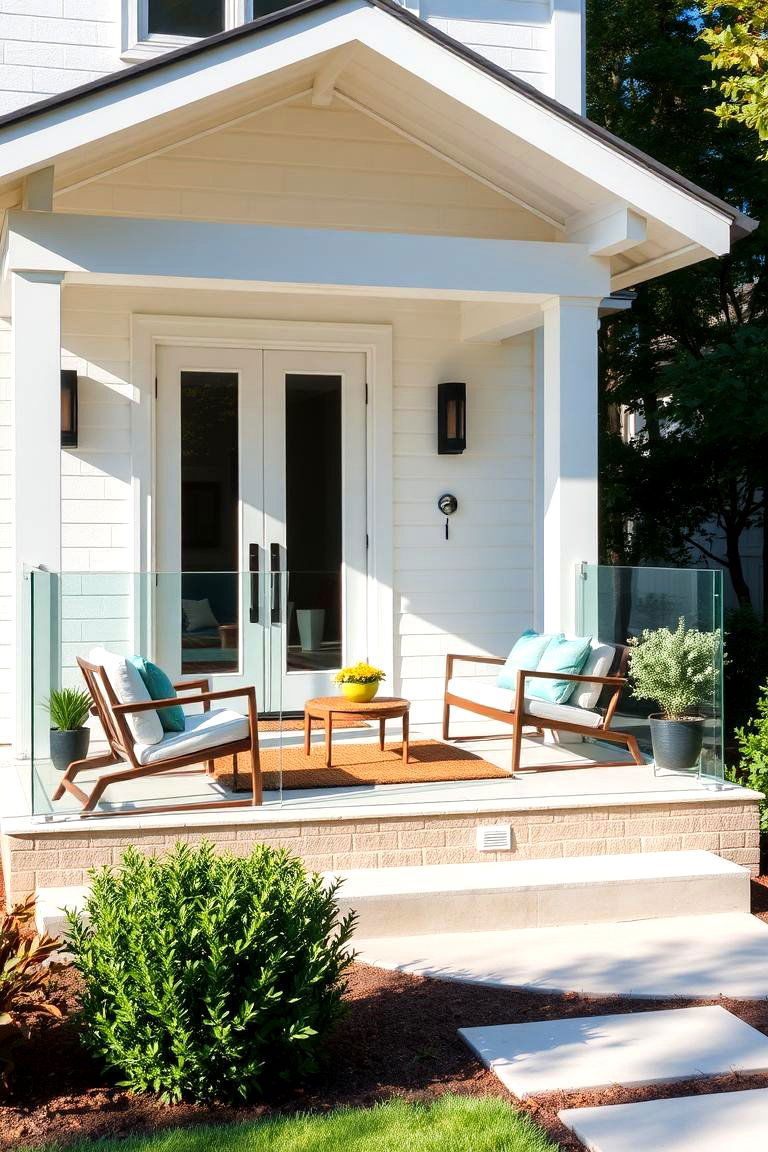
The 1980s saw a resurgence in front porches, but with a more modern twist. Gone were the traditional rocking chairs and swing benches; instead, these porches became minimalist, with clean lines and sleek furniture. The benefit of this design is that it creates an inviting entrance while maintaining a contemporary, refined aesthetic. By incorporating minimalist furniture and glass railings, you can achieve a space that is both functional and stylish.
7. High-Contrast Color Schemes
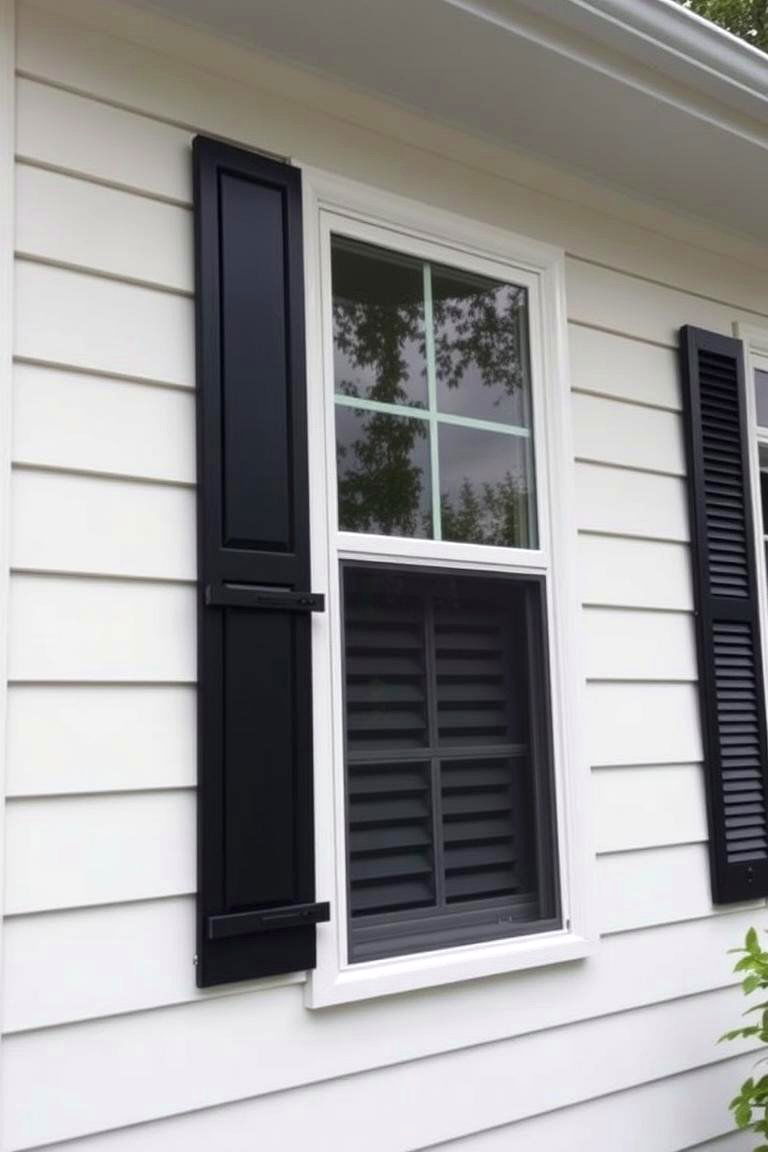
Many 1980s homes embraced bold, high-contrast color schemes that made a strong impact. For instance, dark shutters paired with light-colored siding or deep red trims against neutral exteriors were common choices. This design creates an energetic and visually engaging look that stands out, especially when combined with architectural features like columns or wide windows. The key benefit of high-contrast colors is that they create a striking first impression while emphasizing the home's architectural features.
8. Skylights and Roof Windows
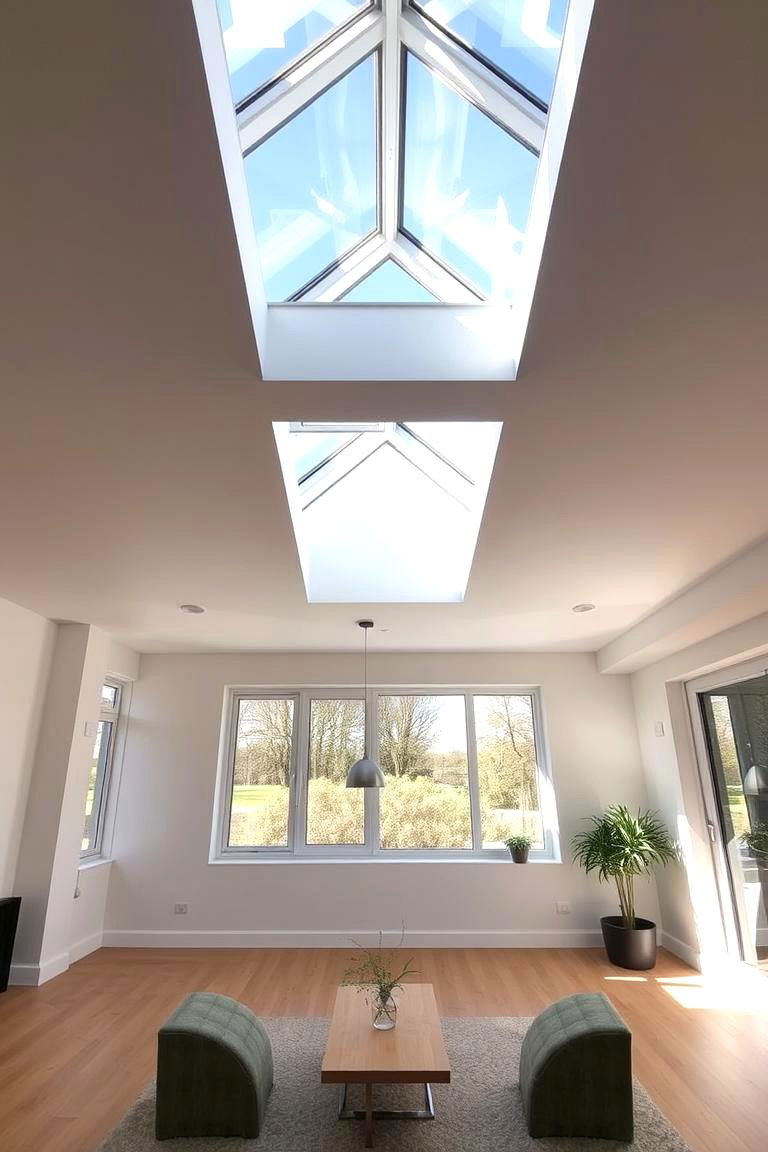
Skylights were an innovative feature that gained popularity during the 1980s. These roof windows added light to rooms without compromising privacy, which was especially beneficial in bedrooms and bathrooms. Skylights are particularly useful in homes with darker interiors, bringing in natural light and creating a more open, airy feel. They also offer energy efficiency benefits by reducing the need for artificial lighting during the day, which helps cut down on electricity bills.
9. Exposed Wood Accents
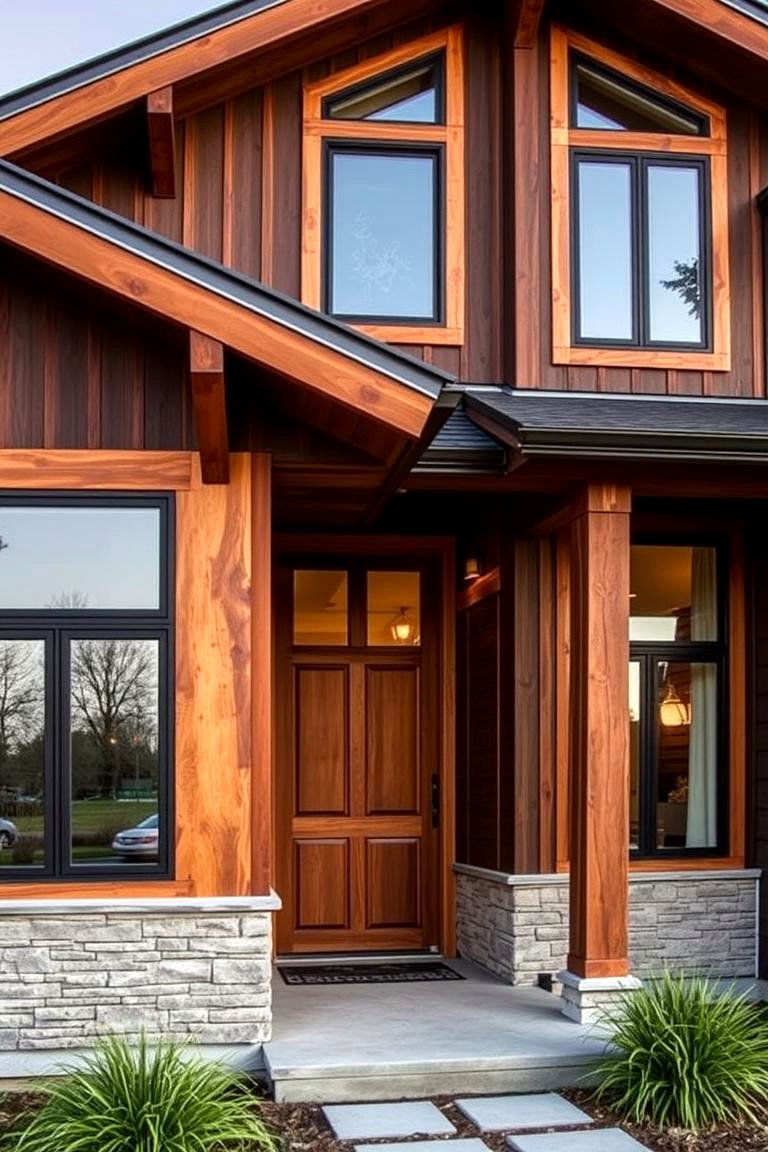
Exposed wood accents were a key characteristic of many 1980s homes, often used in combination with other modern materials like glass and steel. Whether it's a wooden door frame, window trim, or decorative elements on the facade, this design adds warmth and texture to an otherwise modern exterior. The beauty of exposed wood lies in its natural aesthetic, which softens the starkness of metal and glass. It also complements green spaces, making it ideal for homes surrounded by nature.
10. Curved Facades
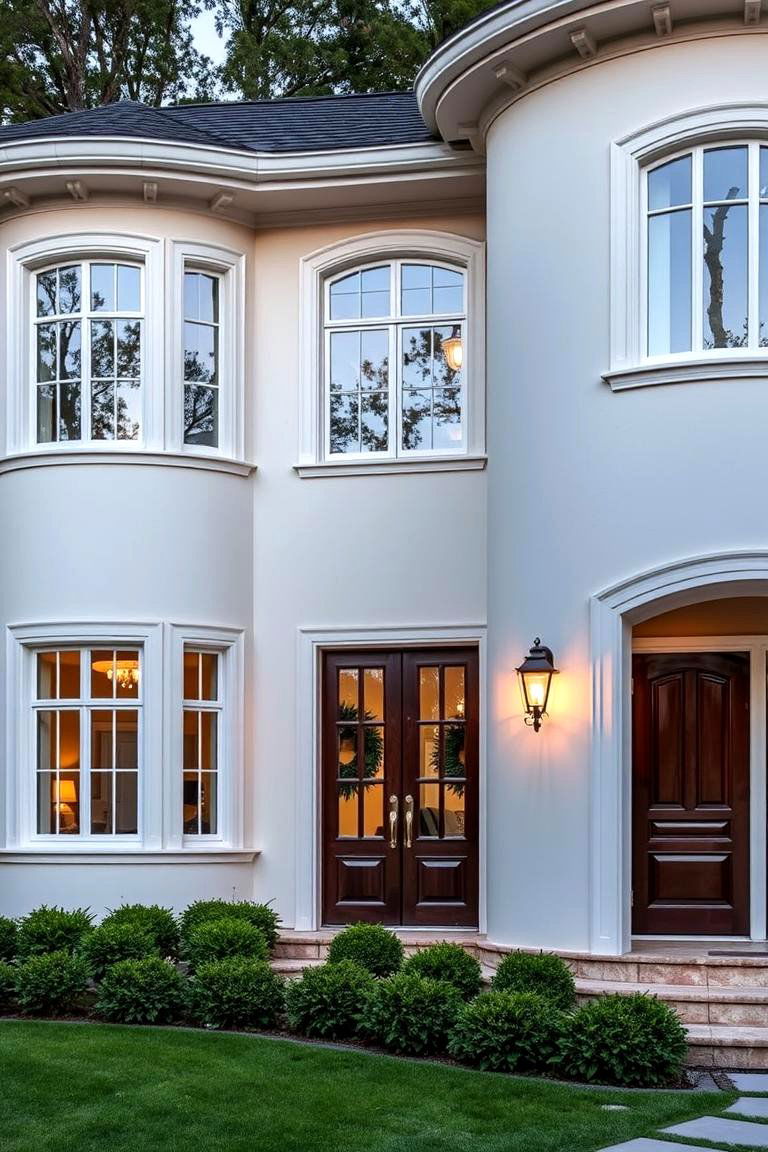
Incorporating a curved facade was a bold move for 1980s home designs. This feature typically involved soft, sweeping curves on the edges of the building or around windows, creating a dynamic flow. Curved facades are visually appealing and help to break up harsh angles or sharp corners. This design adds a touch of elegance and smoothness to the exterior, providing an inviting and fluid look. It’s also a great way to soften the overall appearance of a home without sacrificing modernity.
11. Minimalist Landscaping
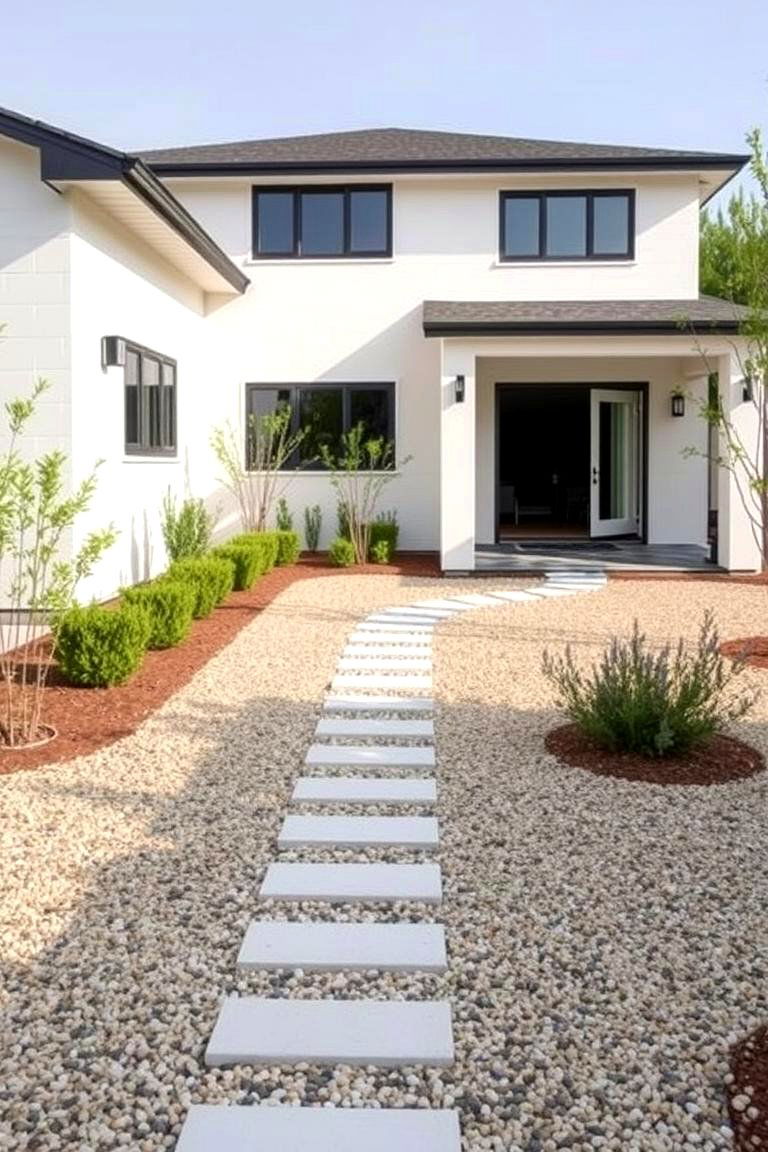
1980s exterior design often embraced minimalist landscaping, focusing on simple, clean lines and open spaces. This trend emphasized the use of hardscaping elements like gravel, rocks, and concrete pathways, rather than overgrown greenery. The benefit of minimalist landscaping is that it requires less maintenance while still maintaining a polished and refined look. It also complements modern architectural features, allowing the house itself to be the focal point of the yard.
12. Outdoor Living Areas
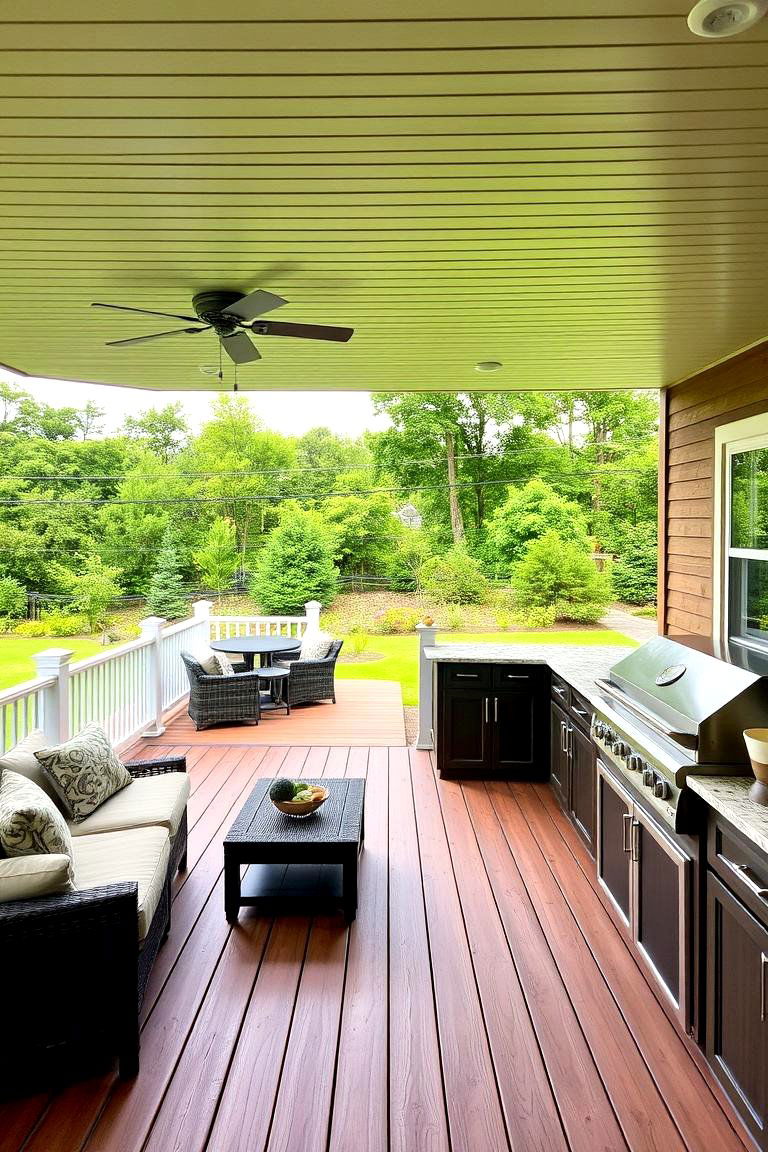
The 1980s saw the emergence of outdoor living spaces as an extension of the interior, often equipped with features like patios, decks, and built-in grills. These outdoor areas became an essential part of home design, providing a place to entertain guests and enjoy leisure time. The key advantage is the ability to blend indoor and outdoor living, offering versatility for different activities. Whether for dining, relaxing, or entertaining, these spaces create a seamless transition between the house and its surroundings.
13. Large-Scale Siding Patterns
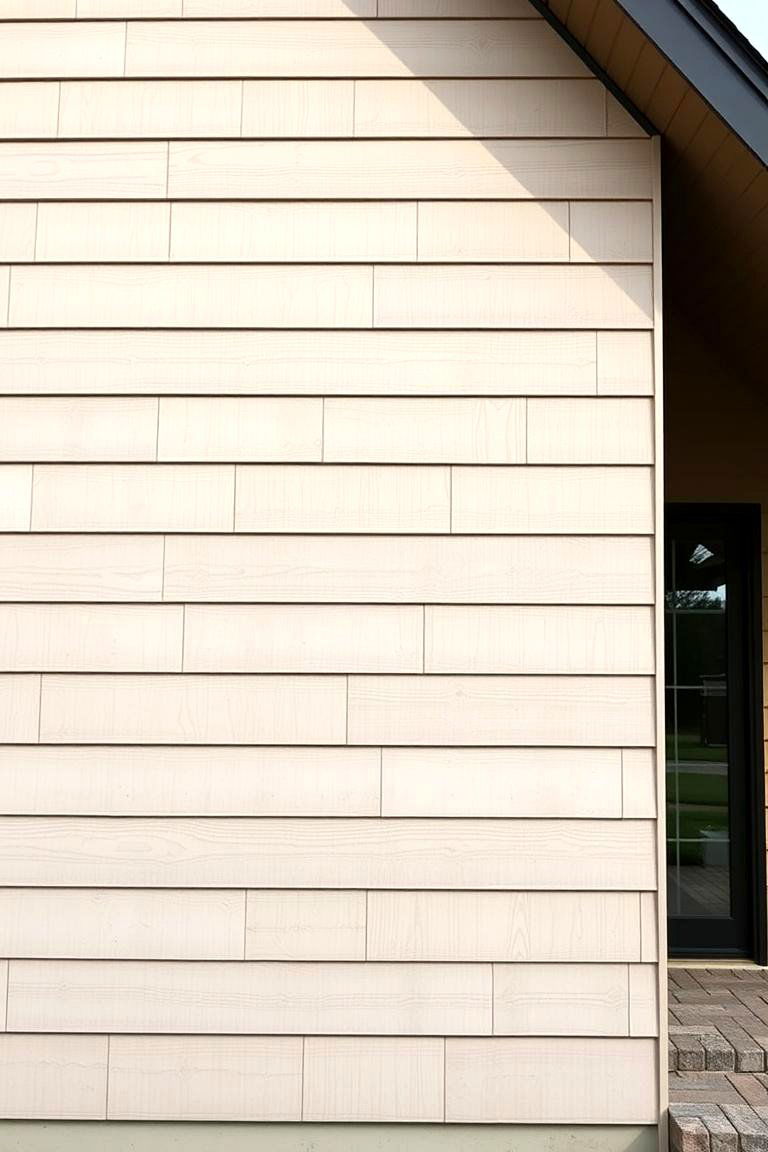
In the 1980s, homes often featured large-scale siding patterns, such as wide horizontal panels or bold vertical stripes. These designs made a statement, adding texture and interest to the exterior. The benefit of large-scale siding patterns is that they draw the eye upward or across, emphasizing the height or width of the home. They also create a more contemporary feel, providing a striking visual contrast to traditional brick exteriors.
14. Vertical Wood Paneling
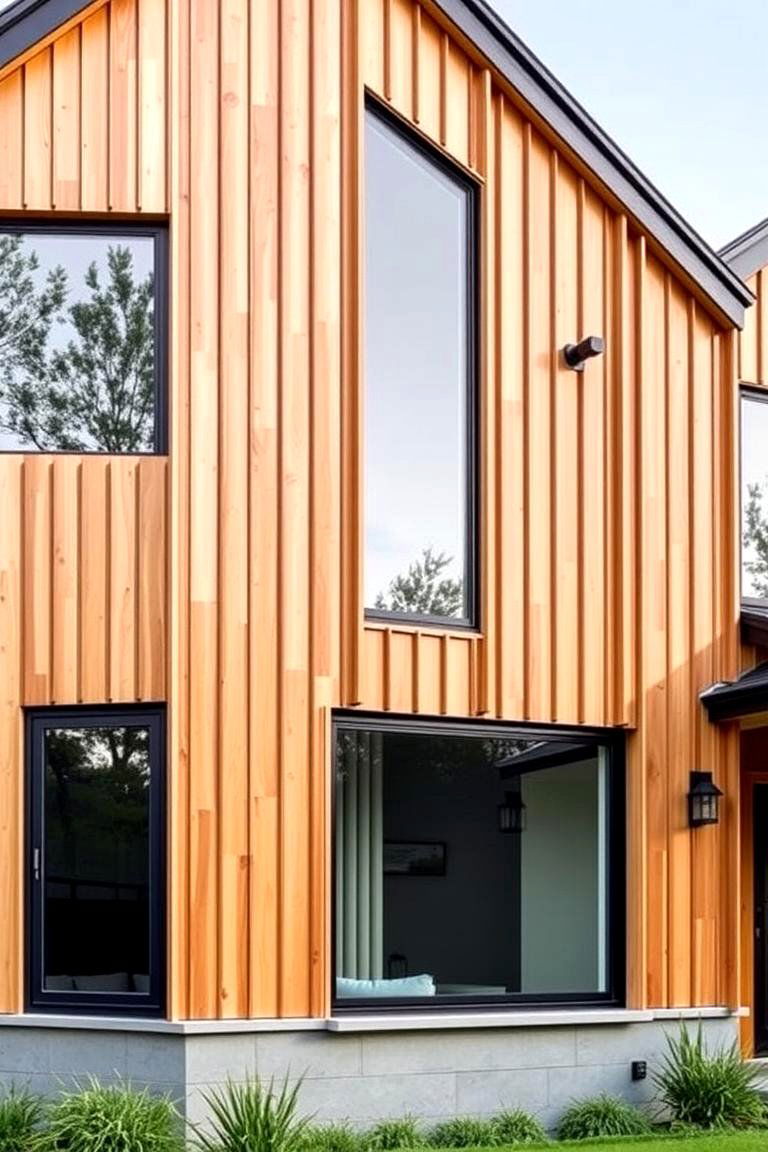
Vertical wood paneling was another signature look in 1980s house exteriors. Unlike the horizontal paneling of the previous decades, this design used long, vertical slats to create a modern, streamlined appearance. Vertical wood paneling gives the illusion of height, making a home appear taller and more imposing. The benefit is both aesthetic and functional, as it offers a striking visual element while also helping with insulation.
15. Modern Porch Railings
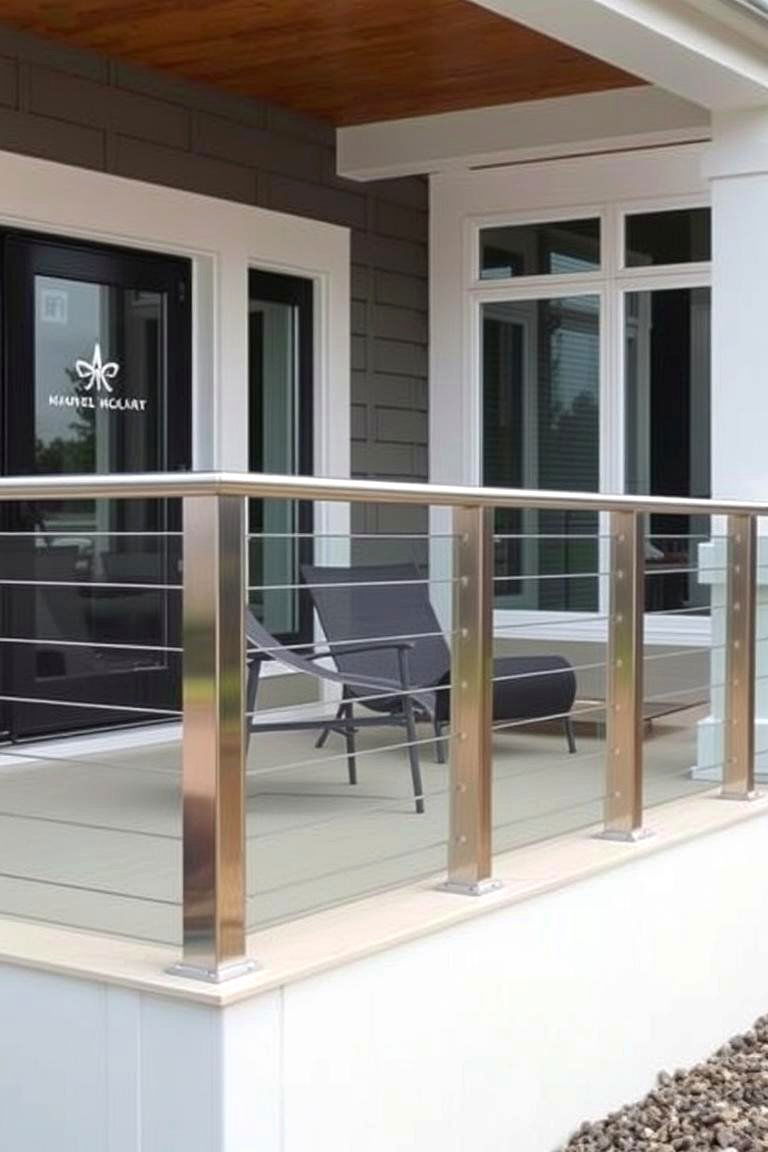
1980s homes often featured modern porch railings that were sleek and unobtrusive. These railings were typically made of materials like metal or glass and were designed to complement the minimalist aesthetic of the era. The key advantage of modern porch railings is that they are functional while still maintaining an open, airy feel. By using materials like glass or wrought iron, these railings can enhance the contemporary look of a home, making it feel more spacious and elegant.
16. Stone Facades
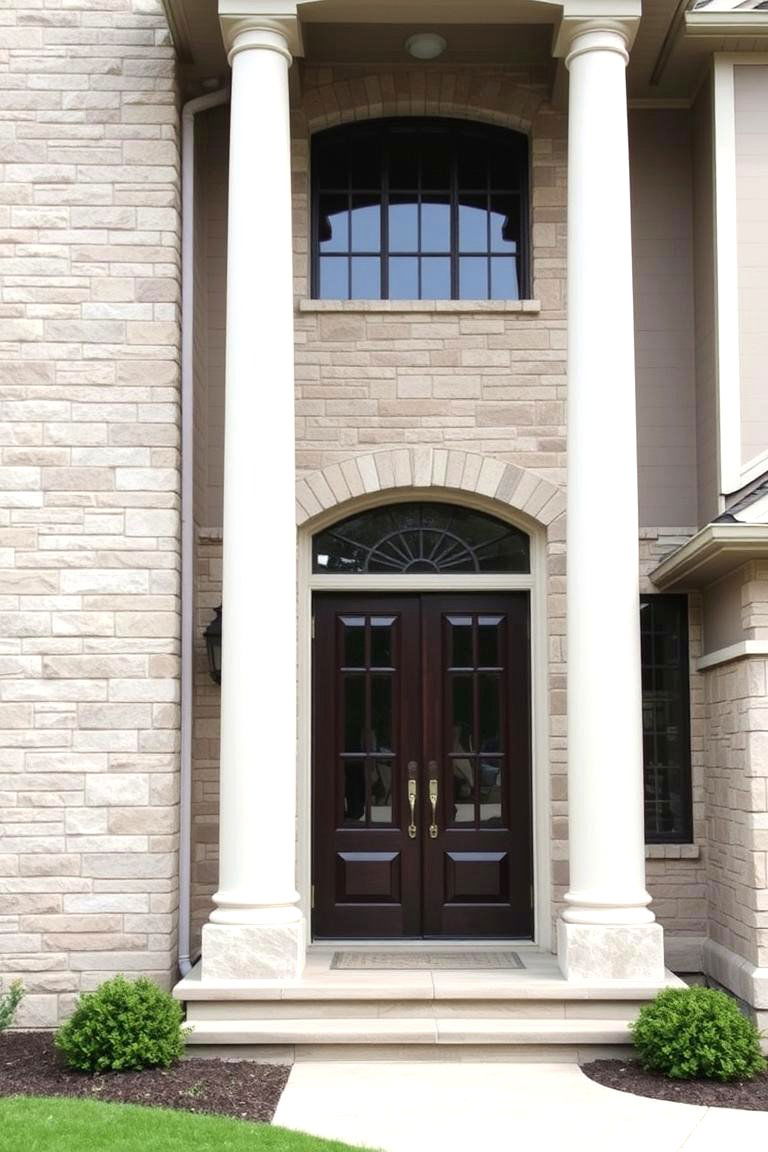
Stone facades gained popularity in the 1980s, providing a natural and timeless look for homes. These facades often used materials like limestone, sandstone, or granite to create an earthy yet sophisticated exterior. The benefit of a stone facade is that it offers durability and timeless beauty while requiring minimal maintenance. Stone also helps insulate the home, keeping it warm in winter and cool in summer.
17. Mid-Century Modern Influence
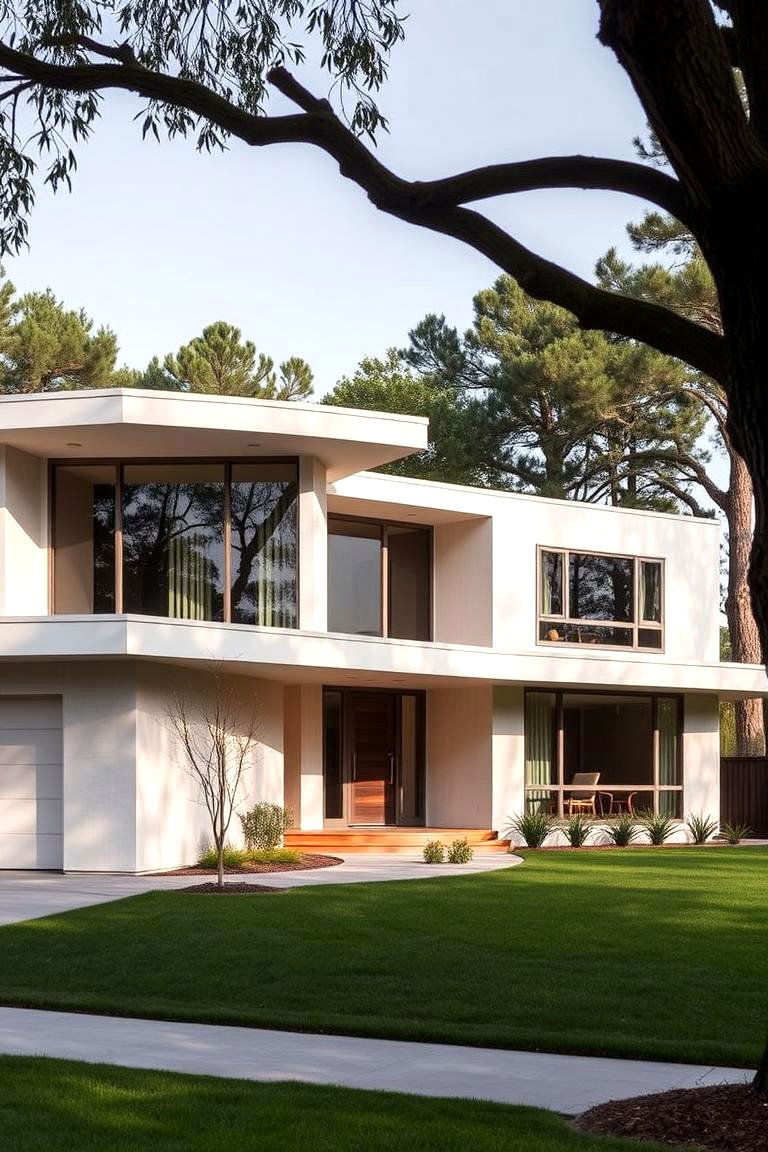
The 1980s also saw the influence of mid-century modern design elements in home exteriors. These elements often included flat roofs, clean lines, and large windows that allowed natural light to flood into the home. The main advantage of this style is its versatility, blending seamlessly with both traditional and contemporary surroundings. Mid-century modern design offers a timeless appeal, making it a great choice for homeowners seeking a classic yet modern look.
18. Mixed Material Exteriors
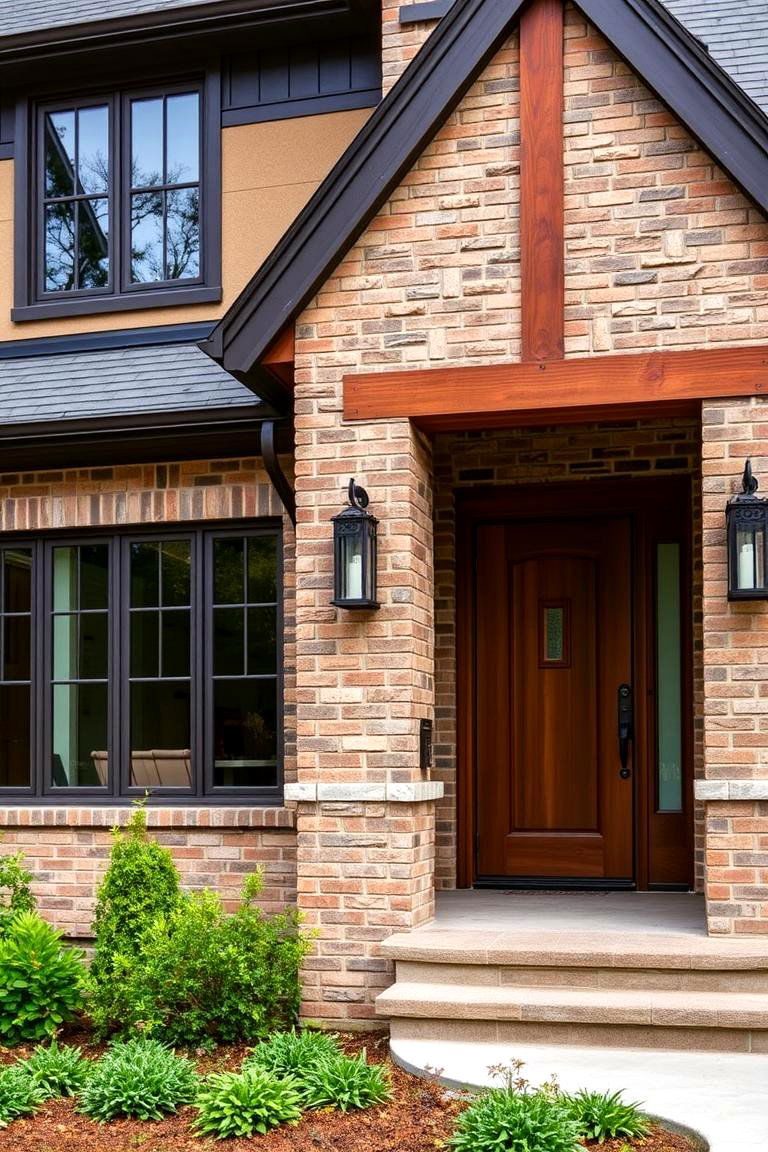
Combining various materials like brick, wood, glass, and steel was a hallmark of 1980s home exteriors. This mix of materials created visual interest and added texture, making each home unique. The benefit of mixed material exteriors is that they allow for greater creativity and personalization in design. Whether you prefer rustic, modern, or industrial styles, mixing materials can help you achieve the perfect balance between form and function.
19. Colorful Doorways
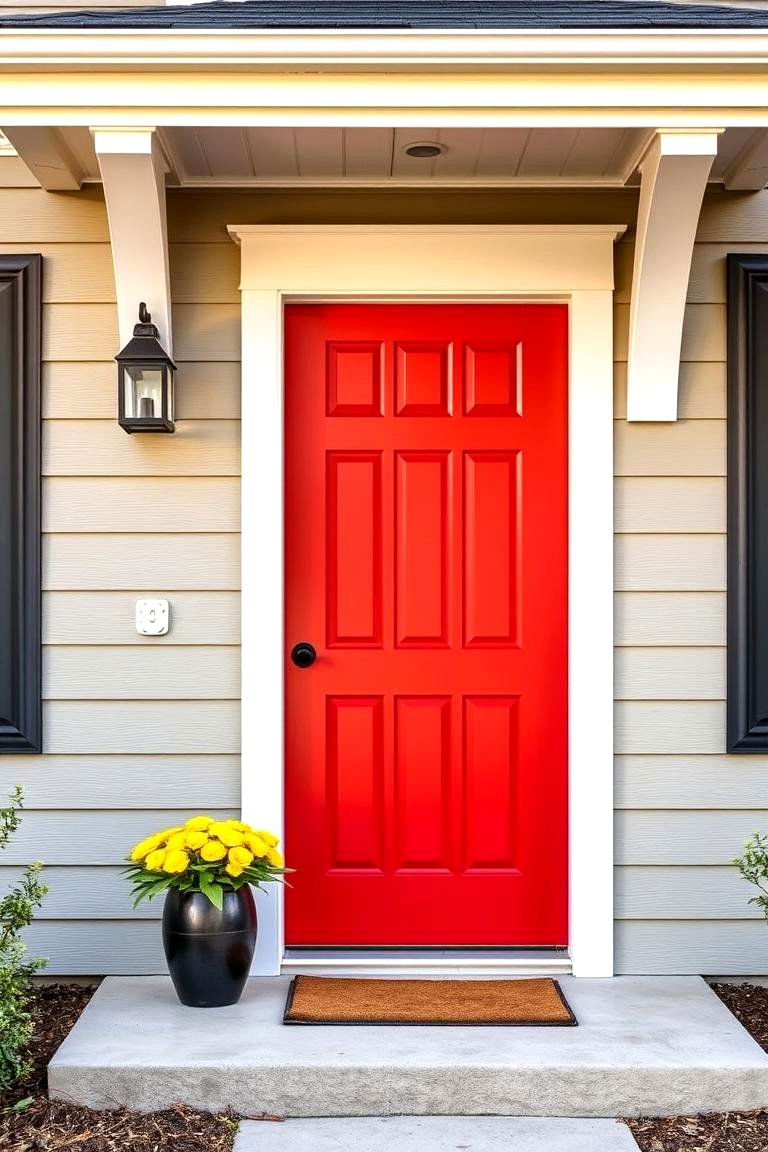
Bright, bold doorways became a signature of the 1980s, often serving as a focal point on the exterior of the home. From vibrant reds to deep blues, colorful doorways made a statement and added personality to otherwise neutral facades. The advantage of incorporating a colorful doorway is that it immediately draws attention and adds character to your home. It's a simple way to inject a sense of fun and style into your exterior design.
20. Large Front Windows
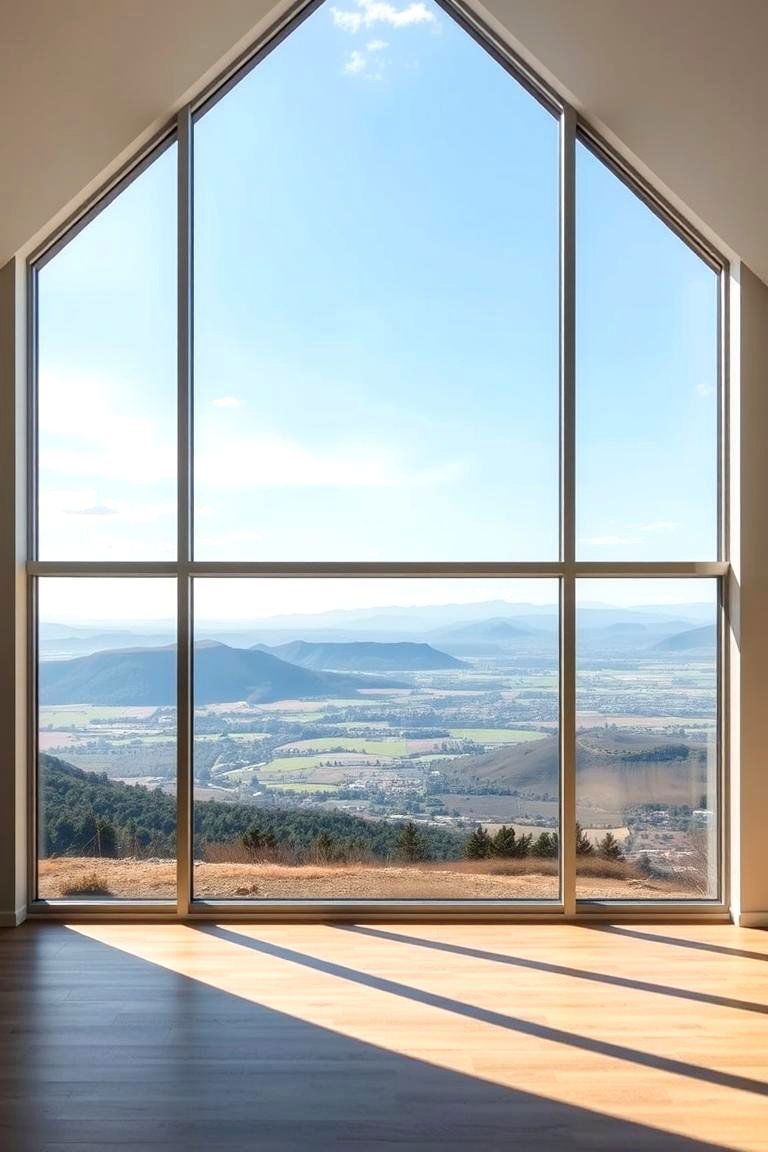
Expansive, oversized front windows were another characteristic feature of 1980s home exteriors. These windows not only allowed for better views of the surrounding area but also added a sense of spaciousness to the home’s design. The benefit of large windows is that they allow plenty of natural light to flood the interior, making the home feel brighter and more welcoming. Additionally, these windows often feature unique shapes or designs, adding to the home’s architectural appeal.
21. Decked Out with Outdoor Lighting
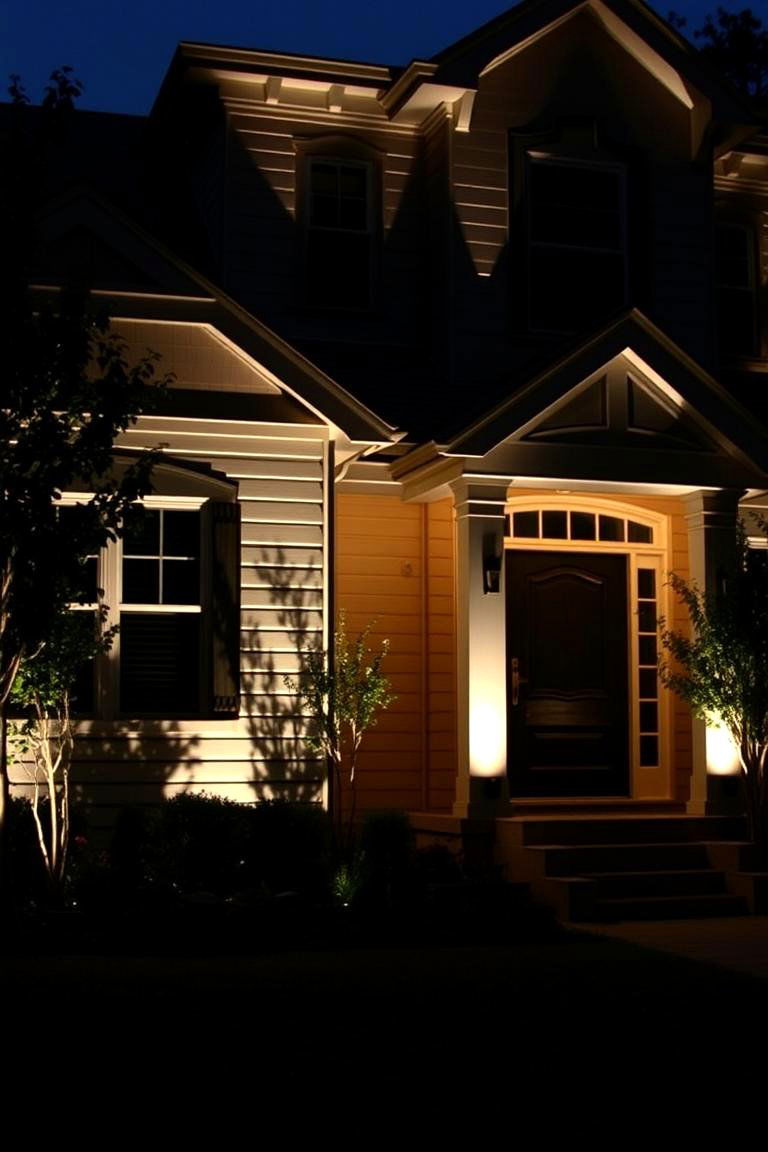
Outdoor lighting was a prominent feature in 1980s homes, used strategically to highlight architectural elements and landscaping. Recessed lighting, spotlights, and lantern-style fixtures were commonly used to create a dramatic effect. The advantage of this design is that it enhances the curb appeal of your home, especially at night. Properly placed lighting can highlight key architectural features, making the home look inviting and elegant after dark.
22. Pop of Bright Trim Colors
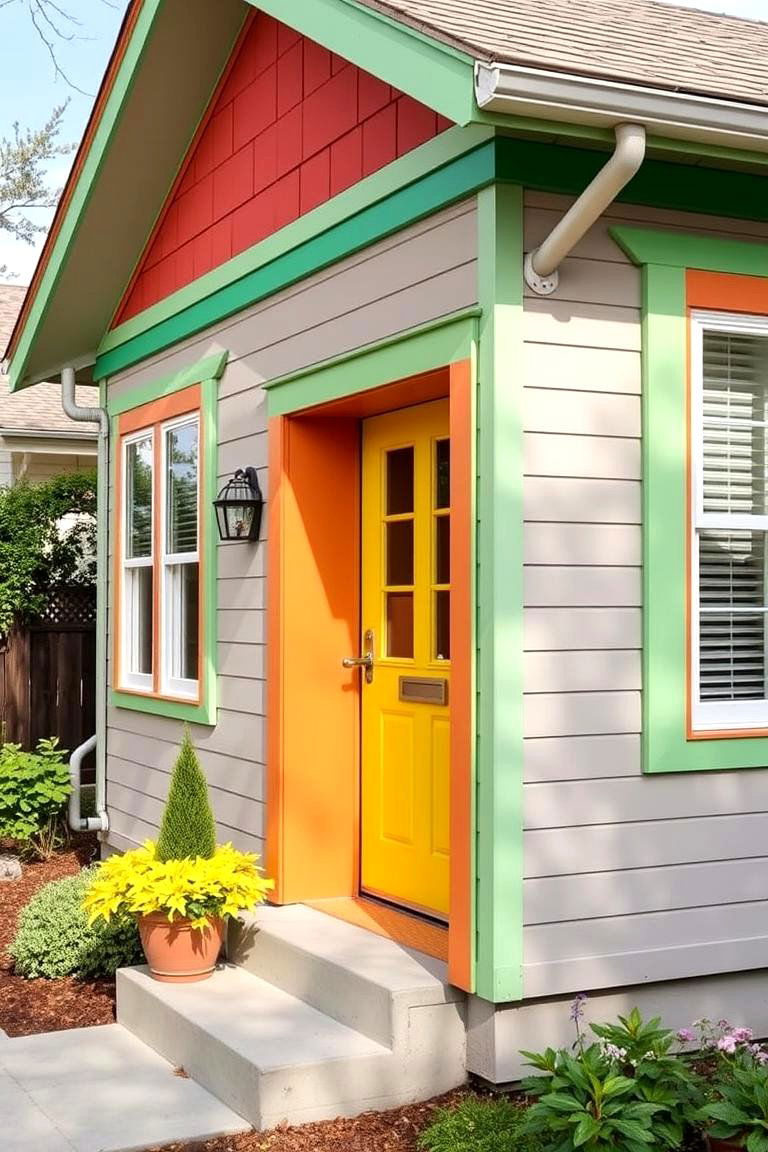
Brightly colored trim was a standout trend in the 1980s, used to add a pop of color to neutral-colored homes. These bold hues often included bright yellows, reds, and greens, which contrasted beautifully with the softer tones of the home’s exterior. The main benefit of using bright trim colors is that they create a striking contrast and help the home stand out. Whether on windowsills, shutters, or doorframes, this design element adds personality and vibrancy.
23. Modern Farmhouse Charm
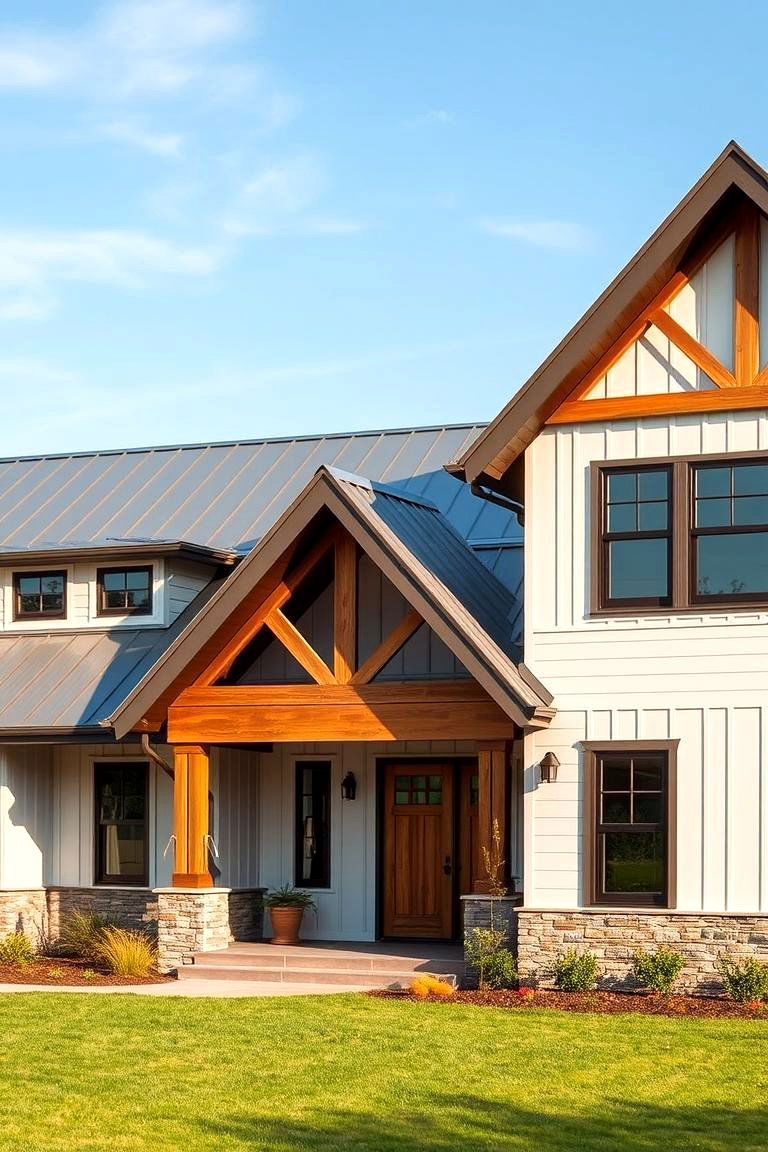
The 1980s saw the beginning of a shift towards modern farmhouse aesthetics, with clean lines, metal roofs, and simple wooden elements. This design focused on practicality while still offering a fresh and contemporary look. The advantage of the modern farmhouse style is its balance between rustic charm and sleek, modern appeal. It works well in both rural and suburban settings, providing a cozy yet stylish exterior.
24. Large Circular Windows
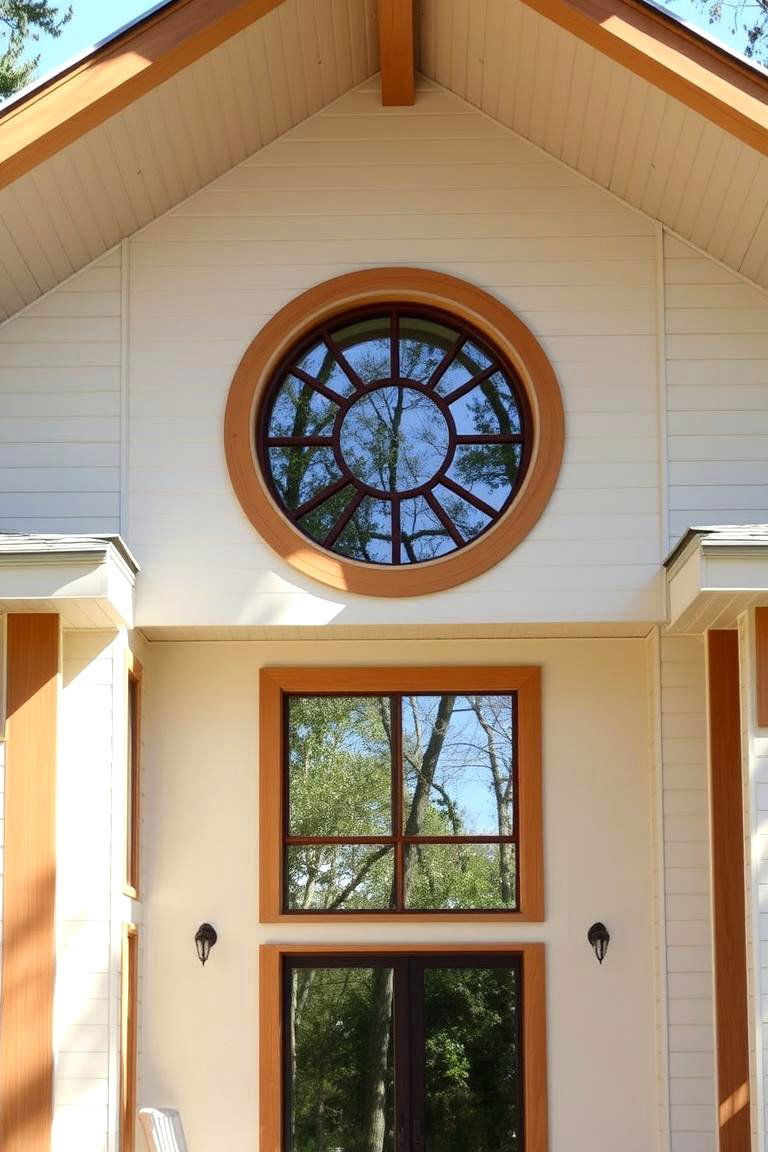
Circular windows, especially on upper levels or as accent features, were a defining characteristic of 1980s homes. These unique windows added an artistic touch and broke away from the traditional rectangular windows. The benefit of circular windows is their visual interest, as they create a striking focal point while still allowing natural light to enter the space. They work well as part of a larger architectural theme, offering a playful yet sophisticated design feature.
25. Natural Stone Pathways
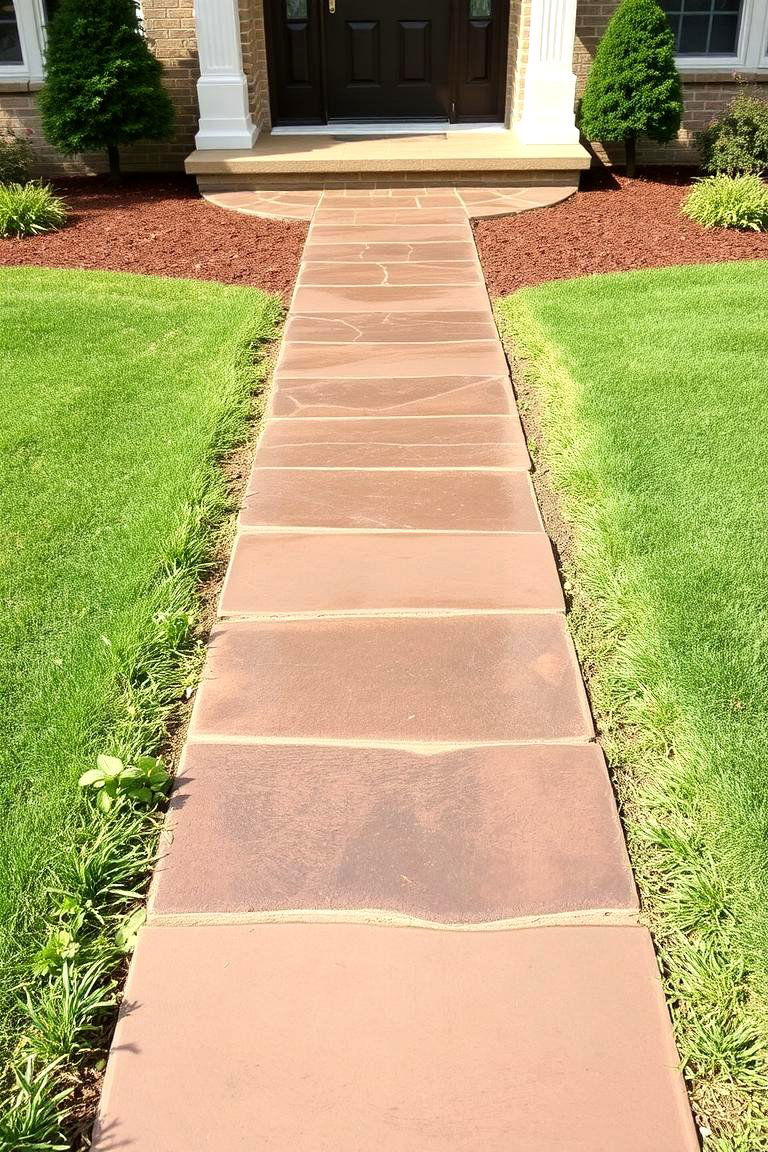
Stone pathways, often used to lead guests to the front door or around the garden, became a prominent feature in 1980s home exteriors. The use of natural stone provided a rustic, organic feel that complemented the growing interest in eco-friendly design. The main advantage of stone pathways is their durability and timeless appeal. They can be customized to fit the layout of your yard while adding texture and warmth to the outdoor space.
26. Mixed Roof Styles
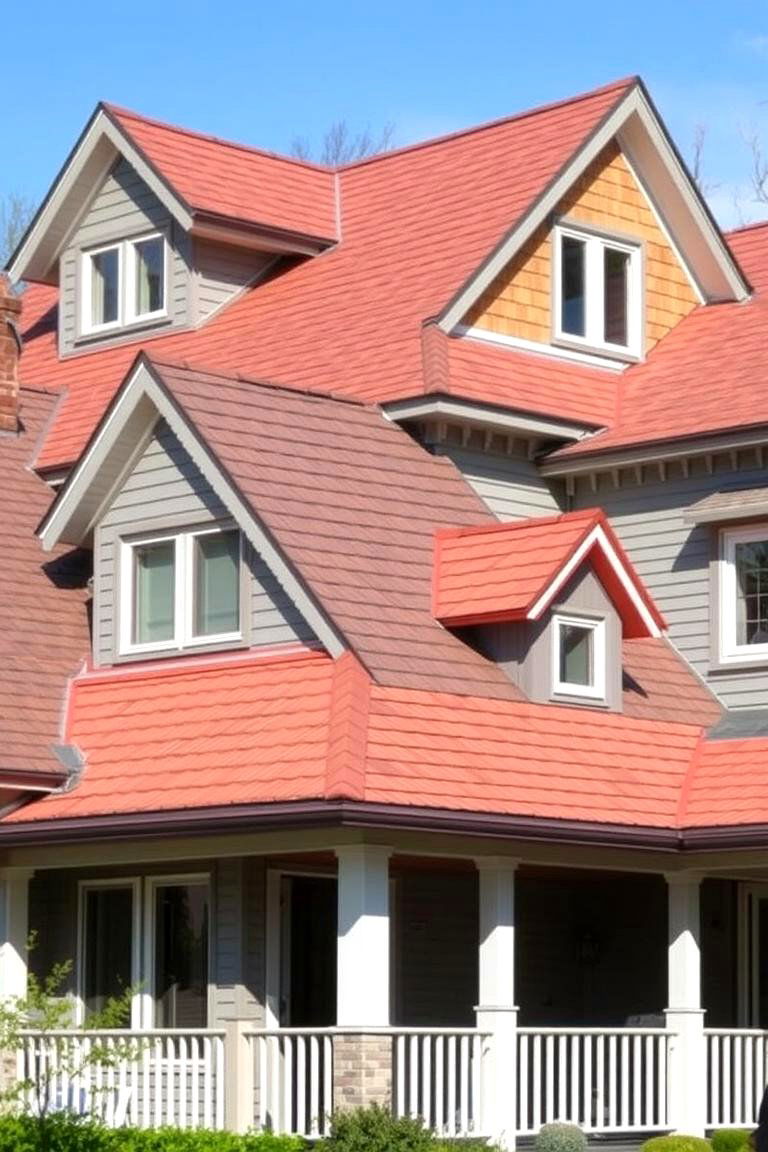
Homes in the 1980s sometimes featured a mix of roof styles, combining gable, hipped, and flat roofs for added visual appeal. This eclectic approach to roofing created a dynamic, varied exterior. The key benefit of mixed roof styles is that they create an interesting and layered look, adding depth and complexity to the home's overall design. This approach allows for creativity, offering a custom and unique exterior that reflects personal style.
27. Retro Details for a Touch of Nostalgia
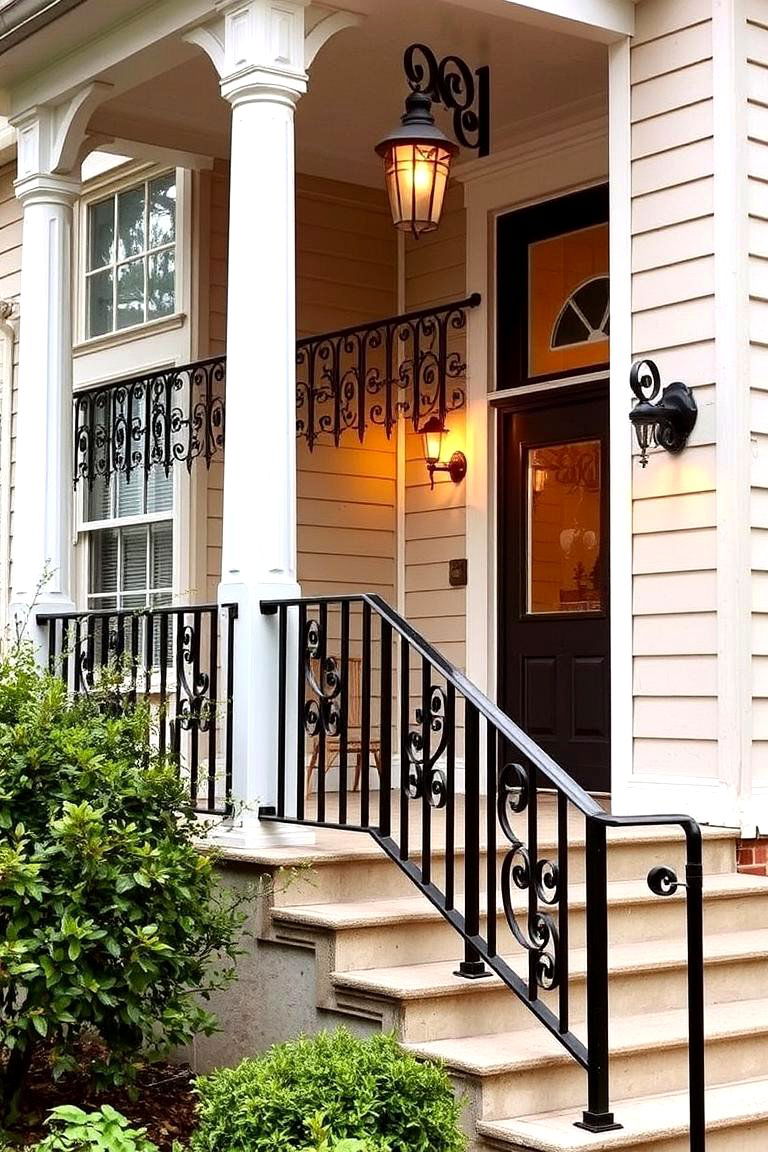
Incorporating retro details like wrought iron railings, vintage lighting fixtures, or decorative brickwork can evoke the charm of the 1980s. These small design touches help bring nostalgia into the present while maintaining the home's modern appeal. The advantage of retro details is that they add personality and character without overwhelming the space. They serve as conversation starters and can transform a bland exterior into something unique and memorable.
Conclusion:
The 1980s were a time of bold experimentation in home exterior design, and these 27 ideas reflect the era's unique blend of modern innovation and nostalgic charm. Whether you're drawn to geometric shapes, vibrant colors, or minimalist landscaping, there's something in this list for everyone. By incorporating some of these timeless features, you can create a home exterior that’s both modern and nostalgic, offering both style and functionality. Each idea invites you to embrace your personal design taste while paying homage to a decade known for its creativity.


